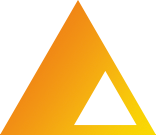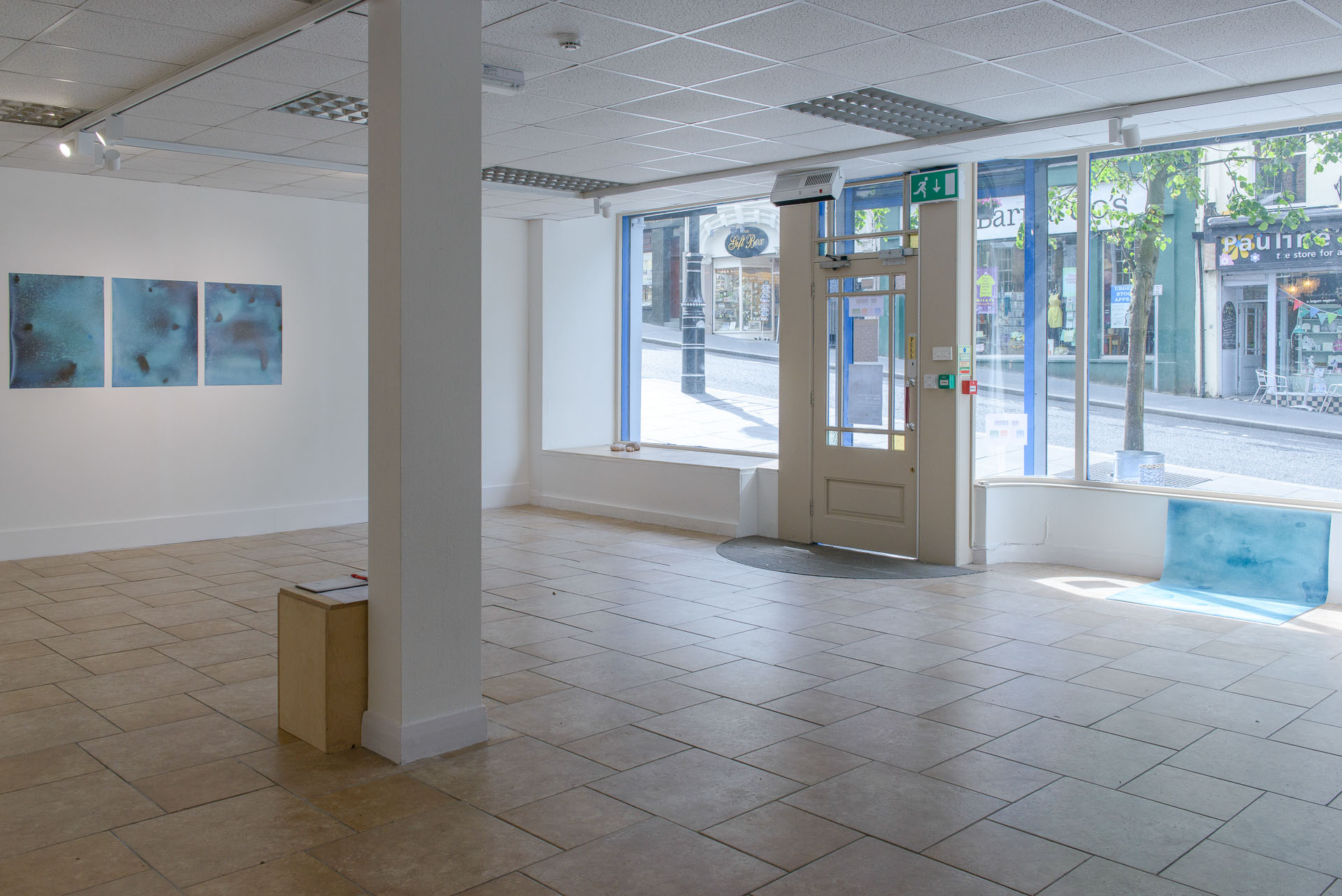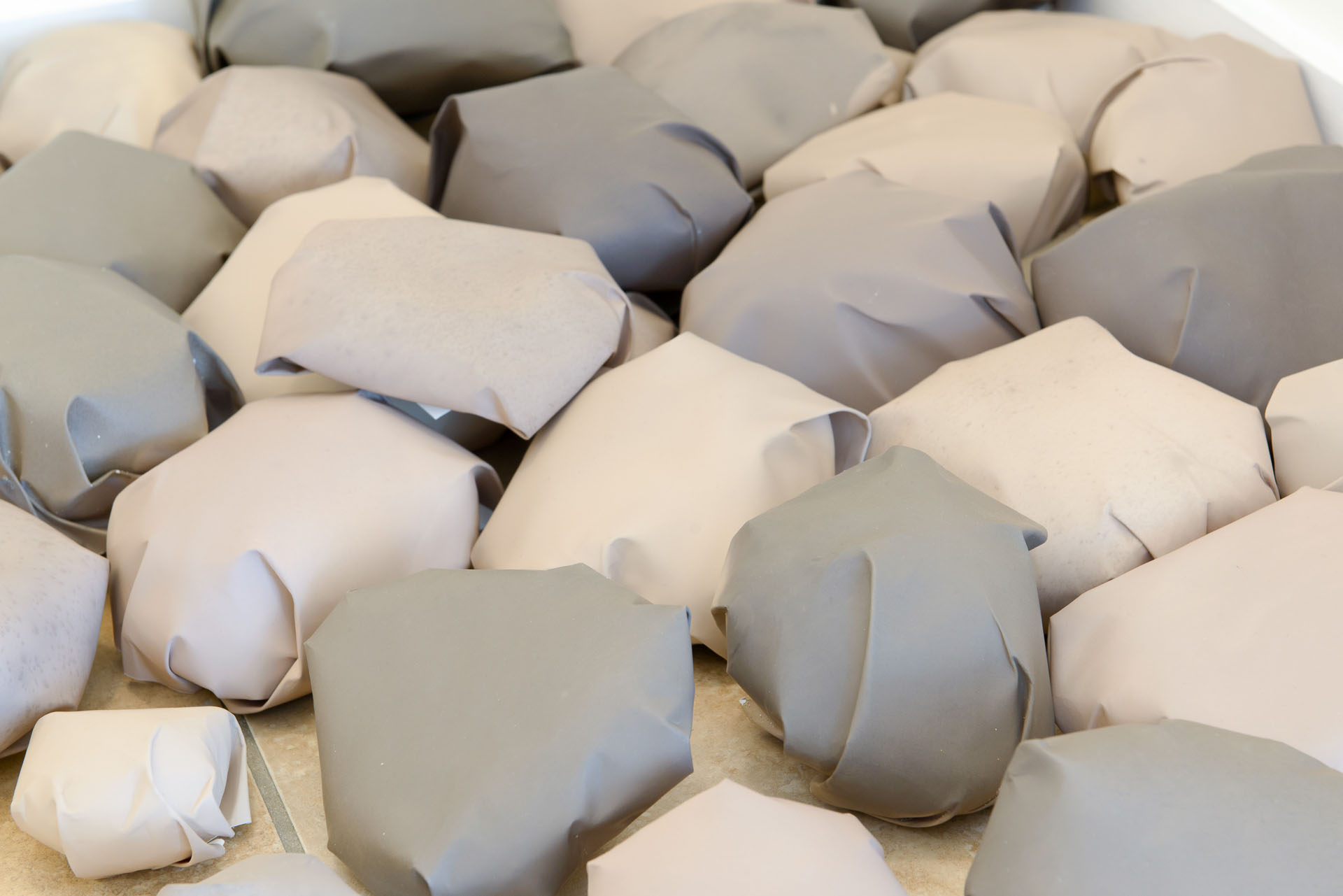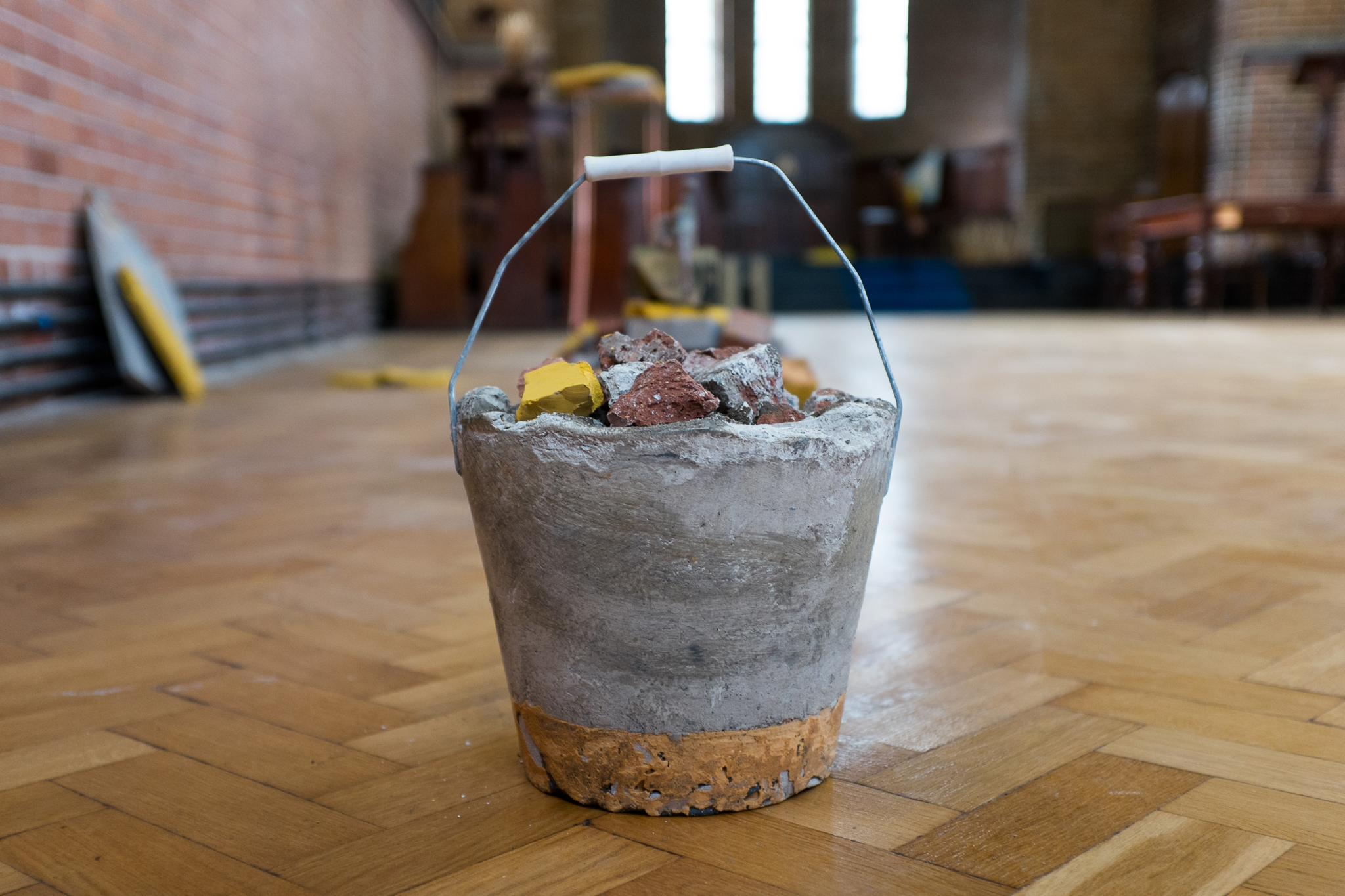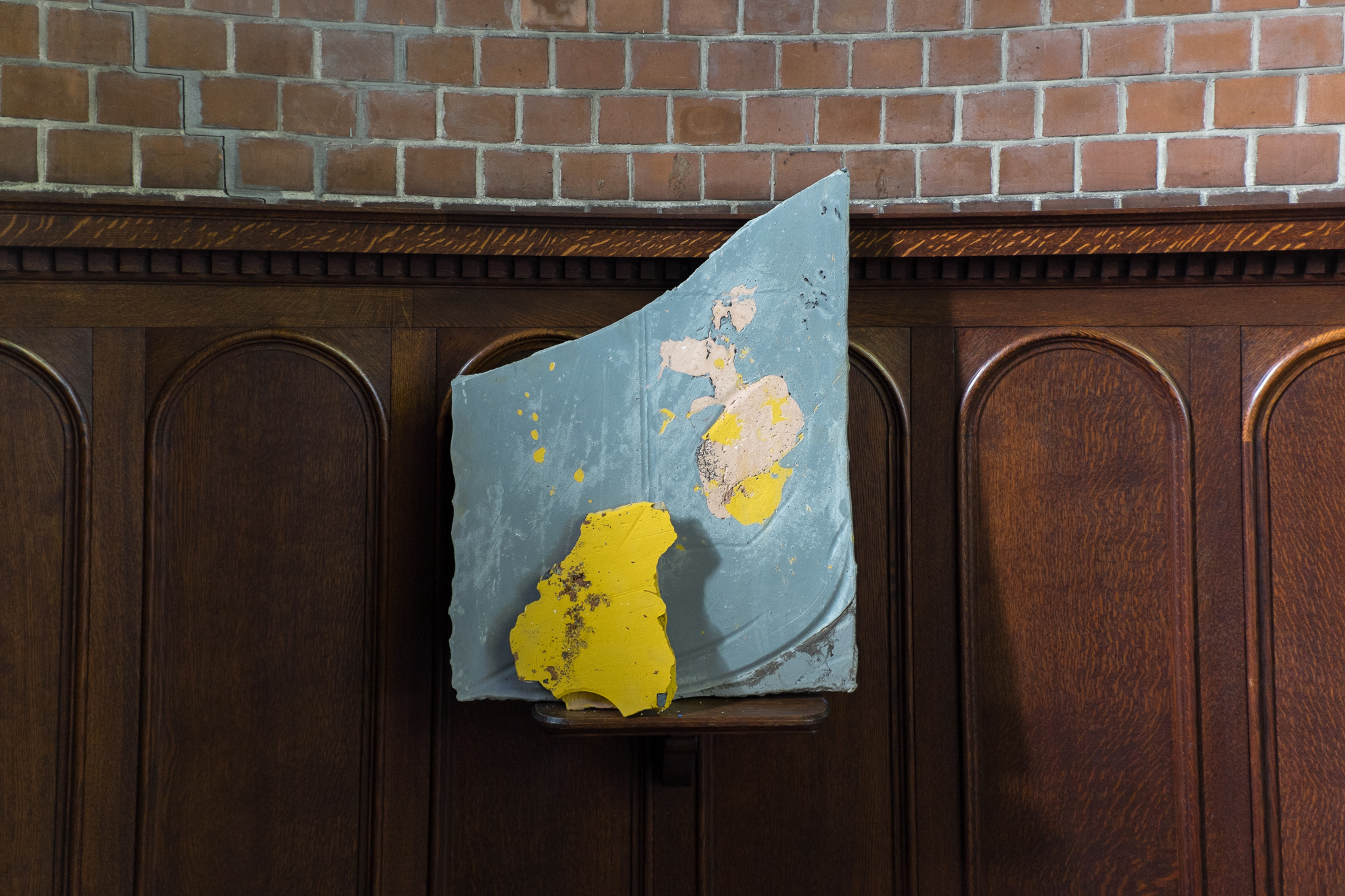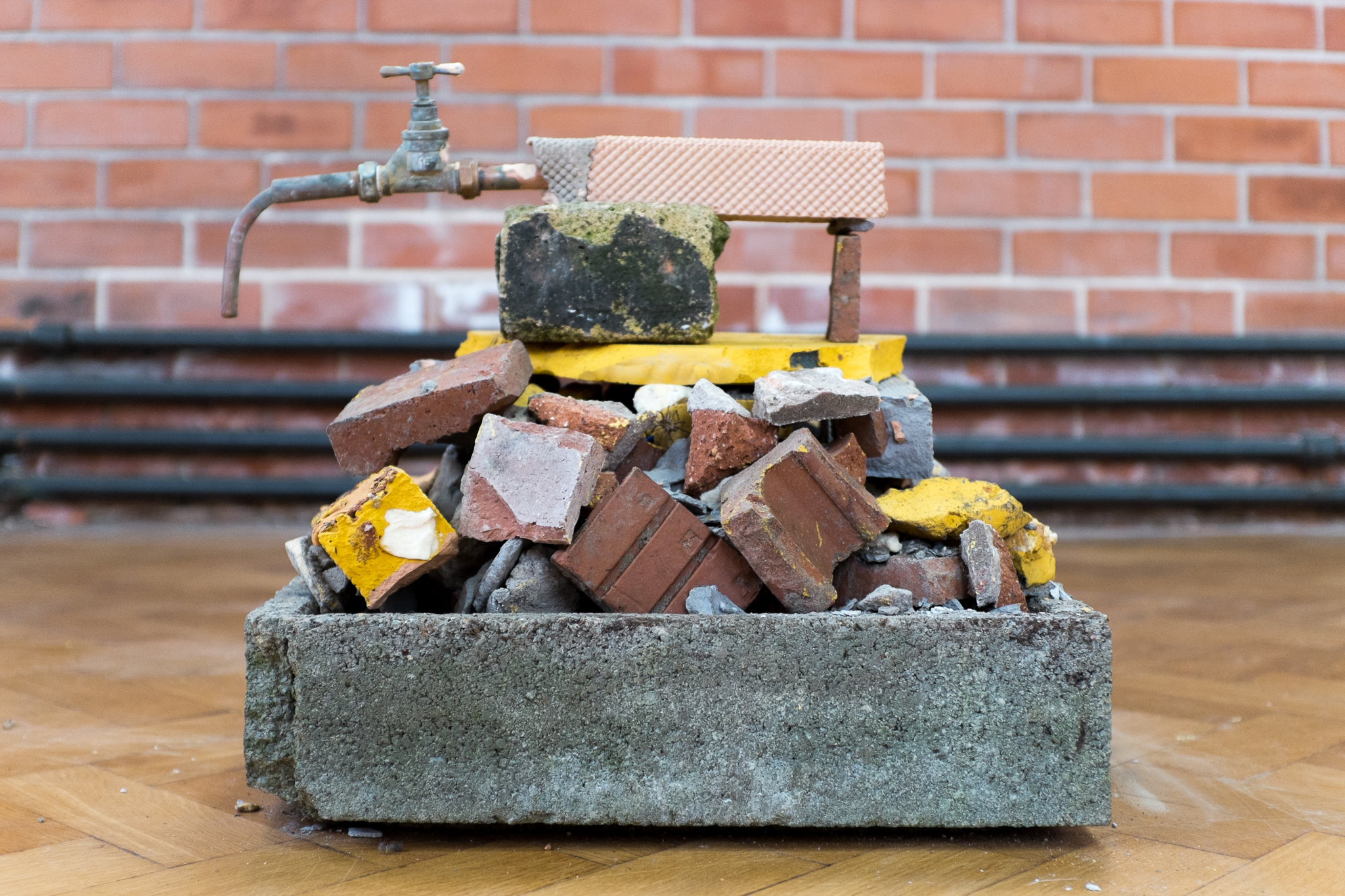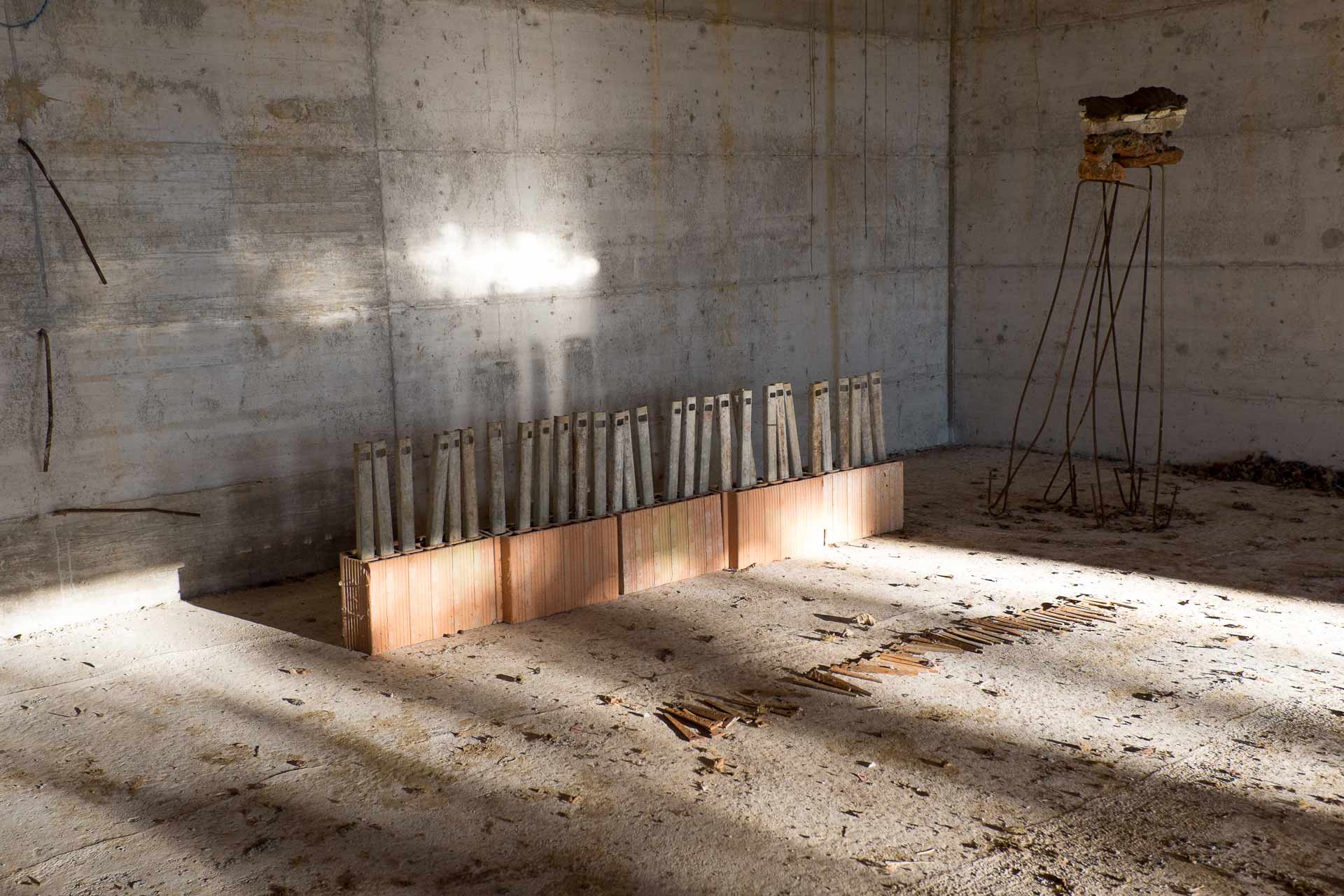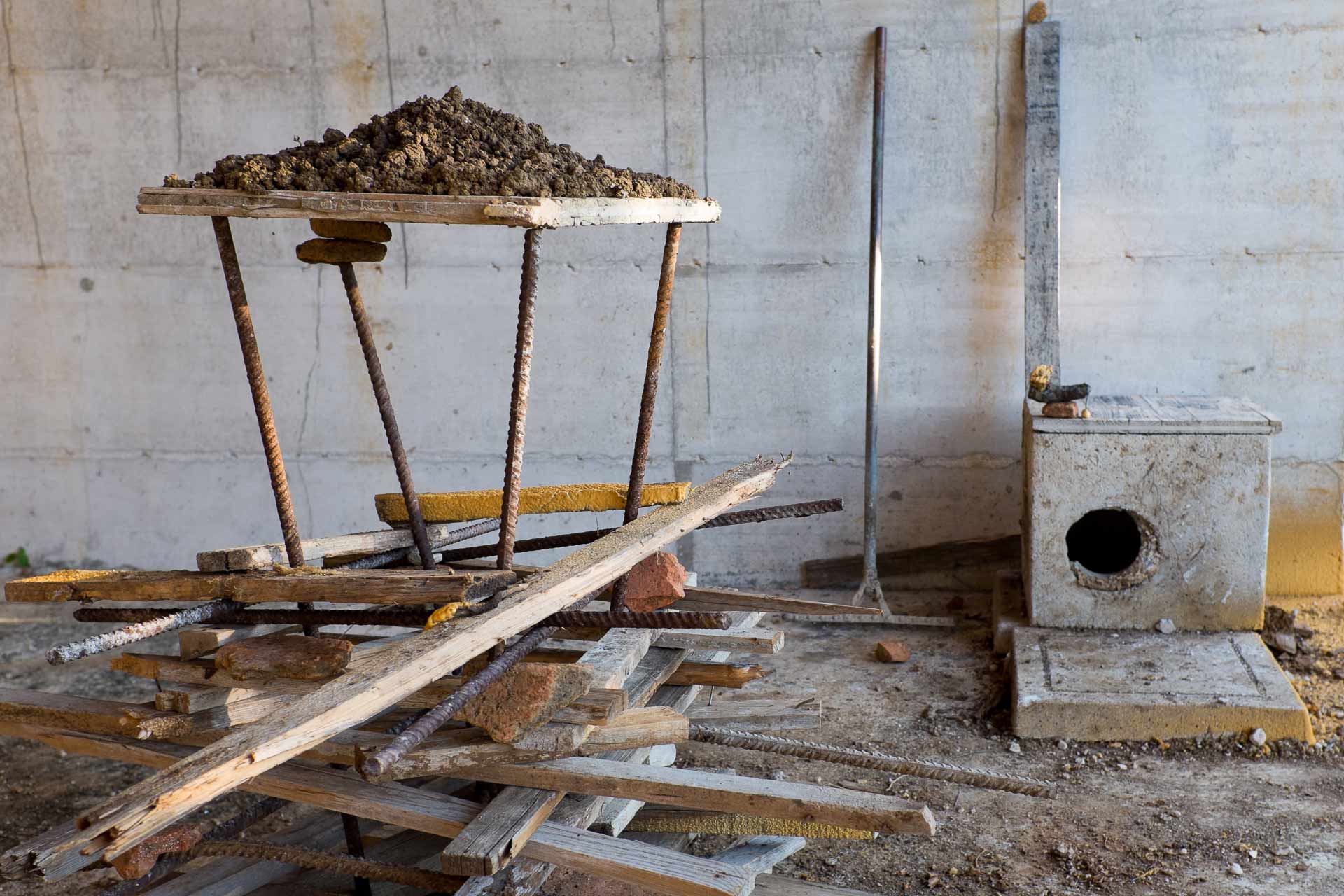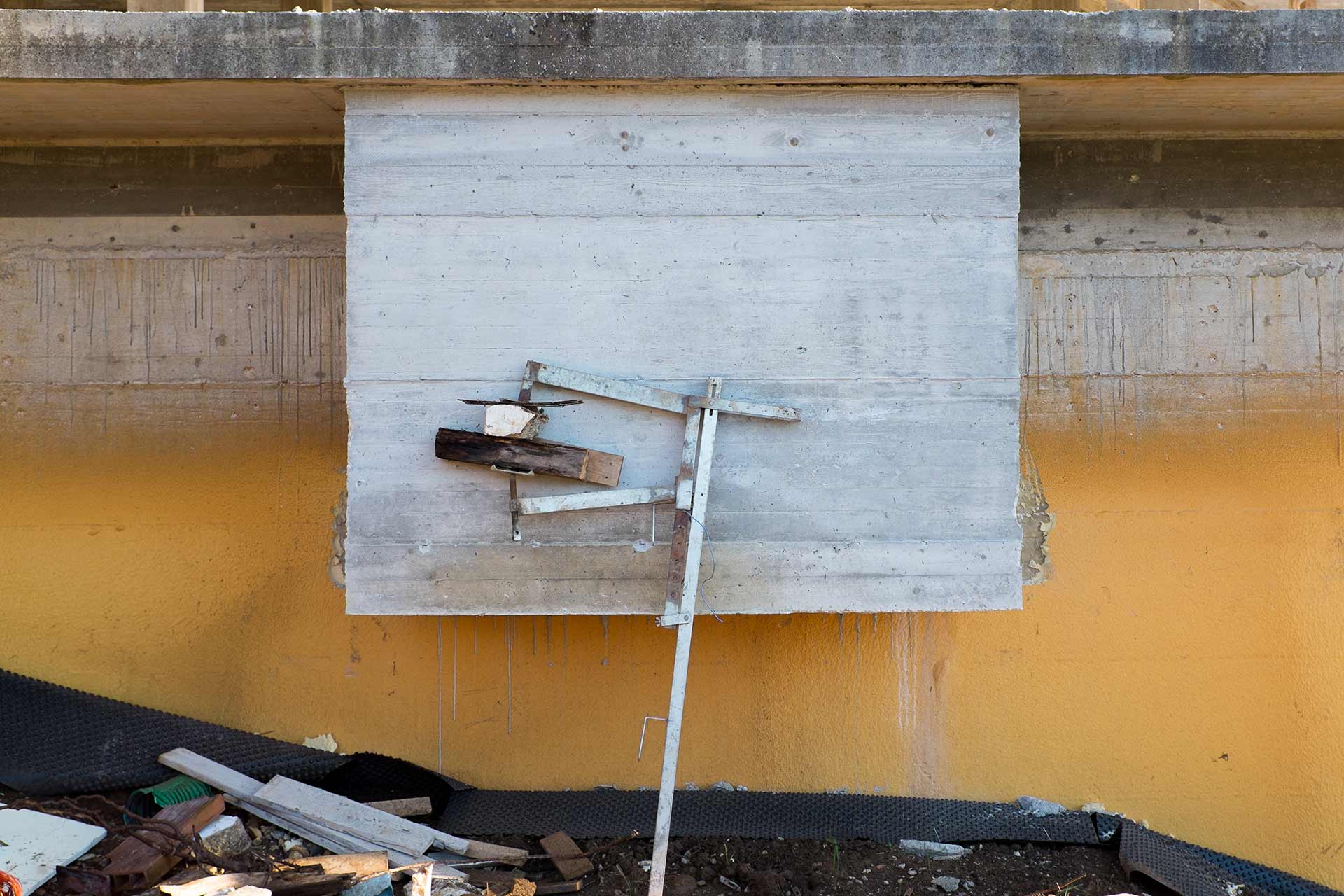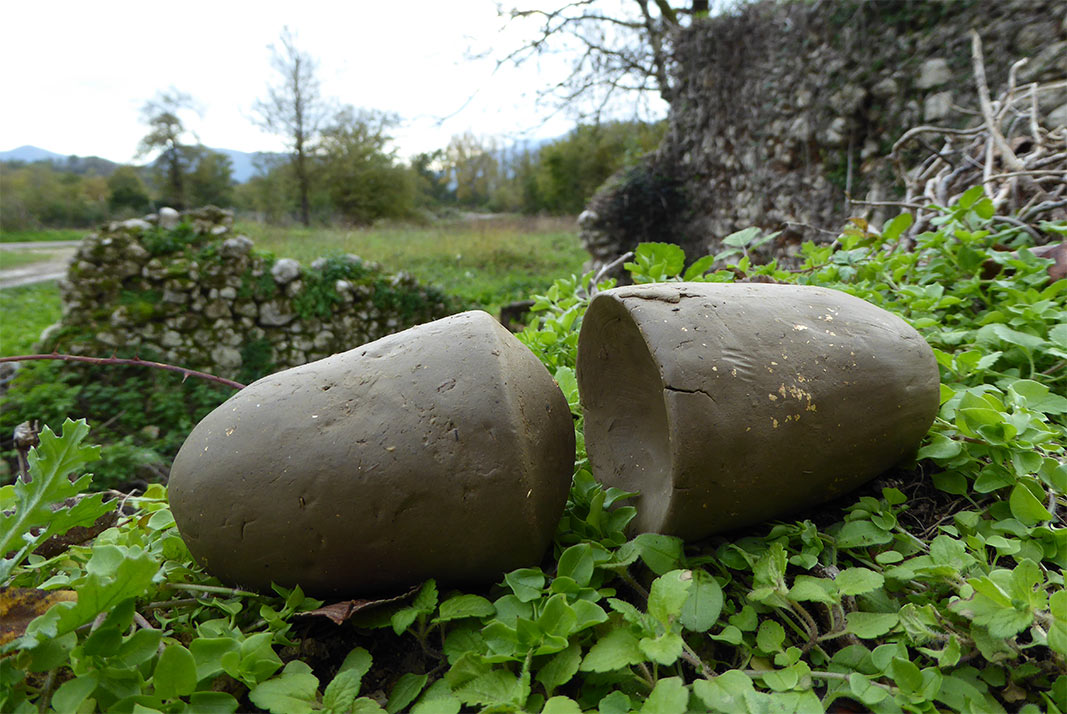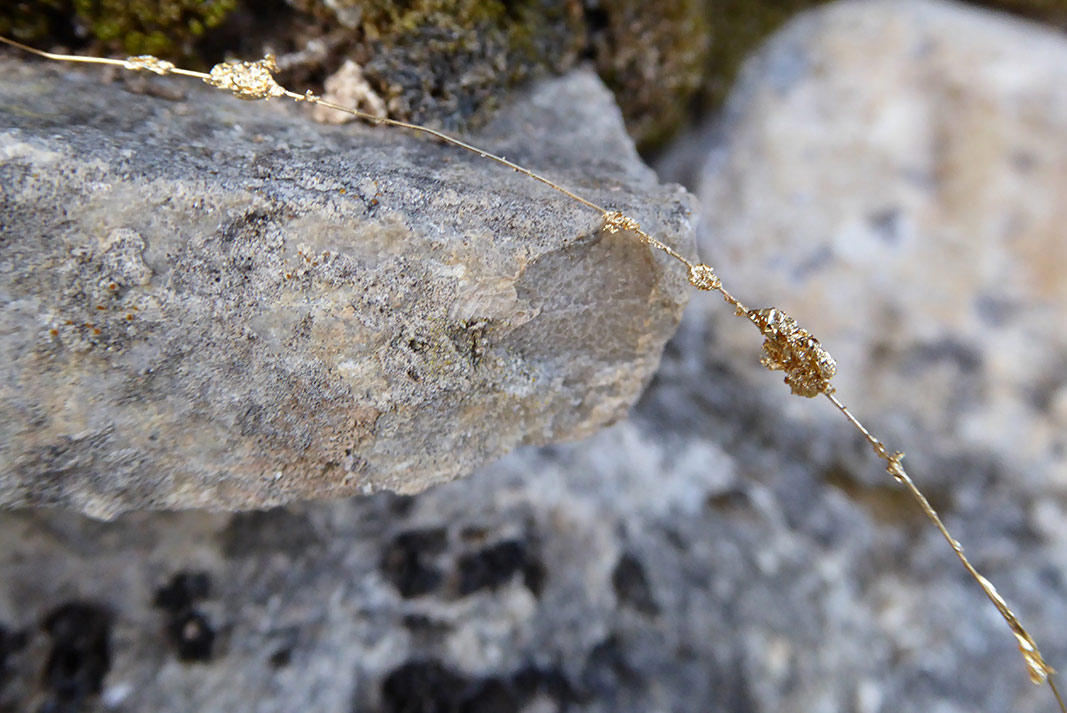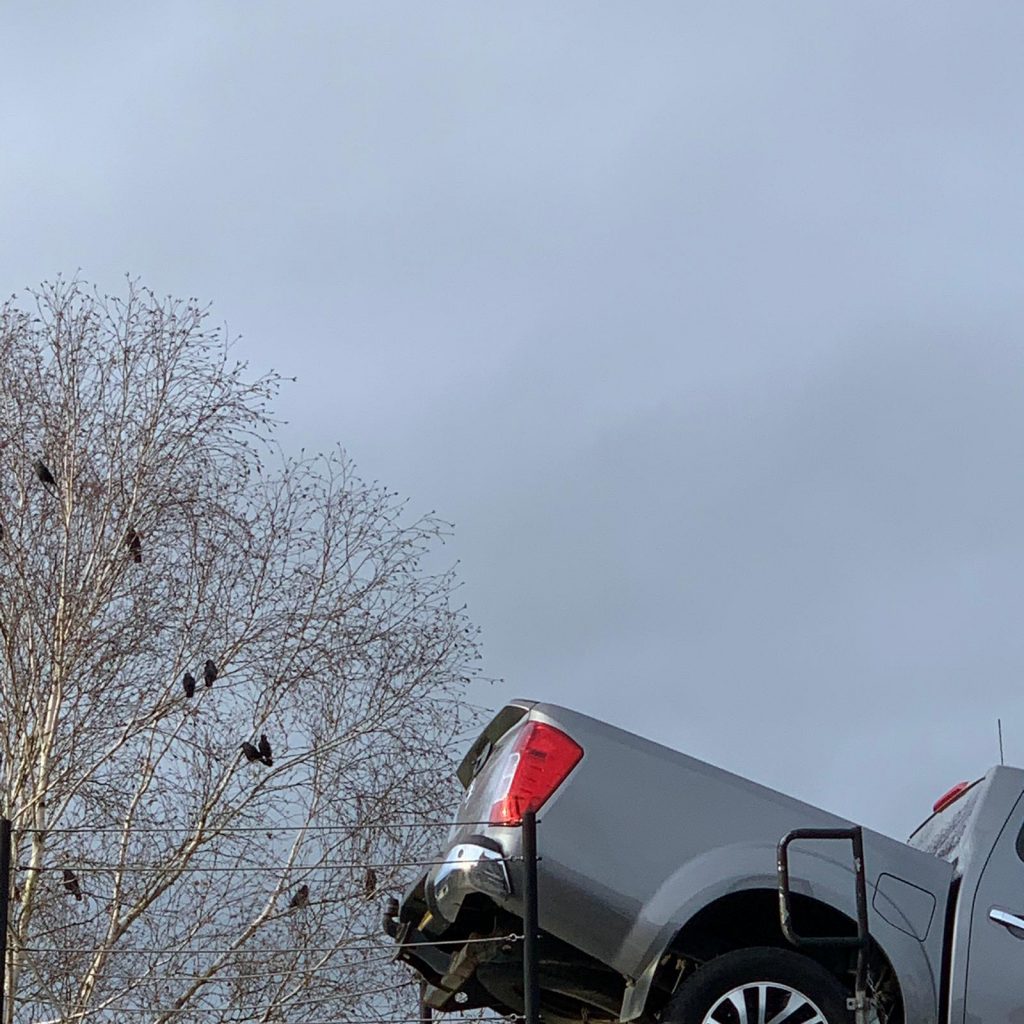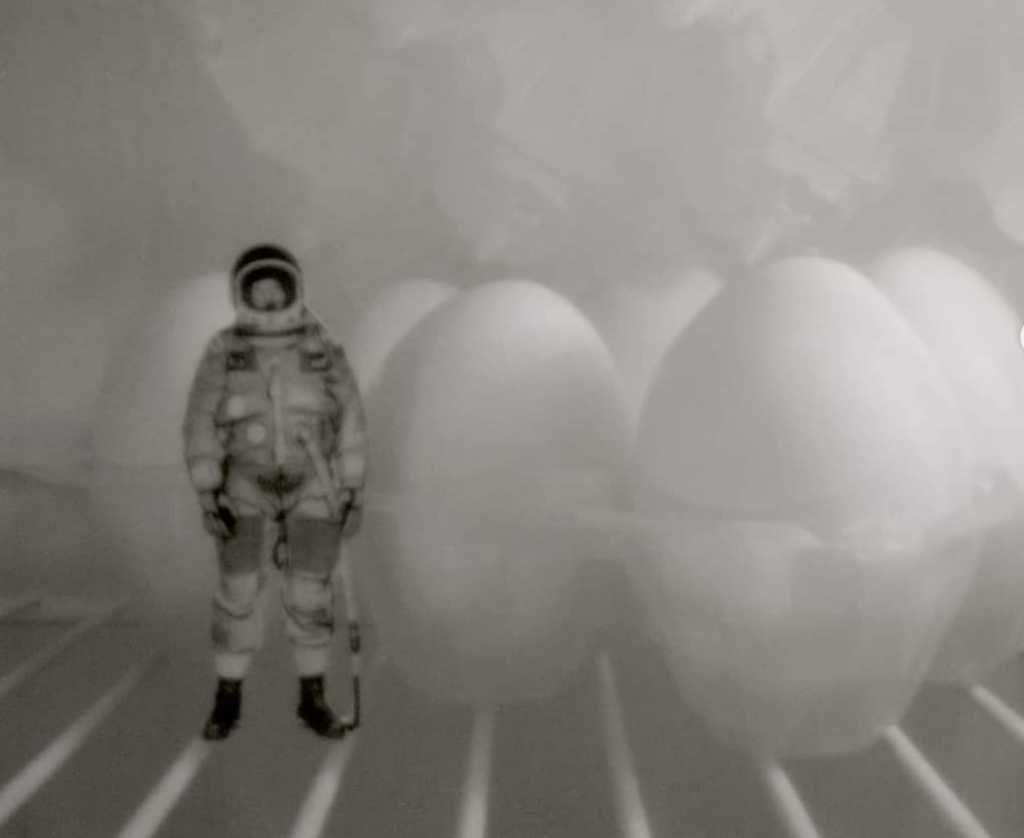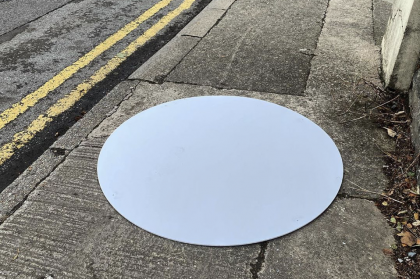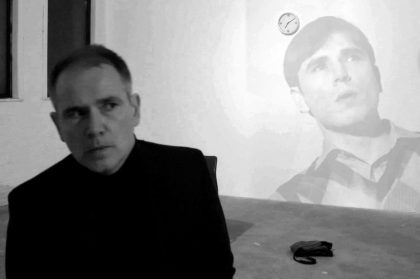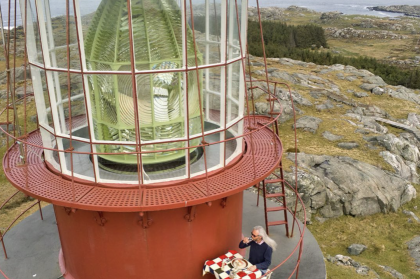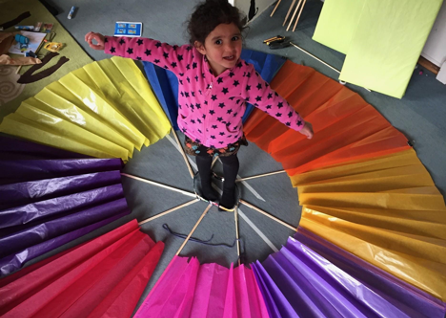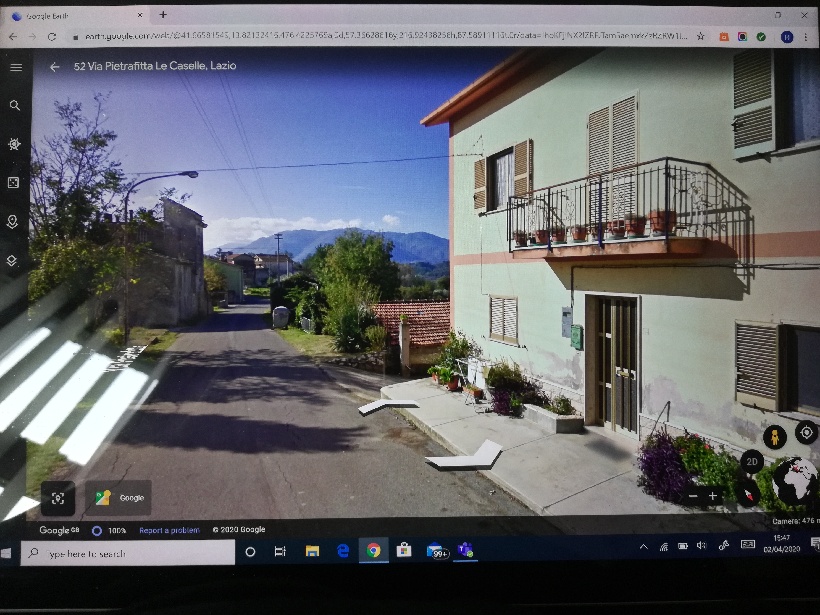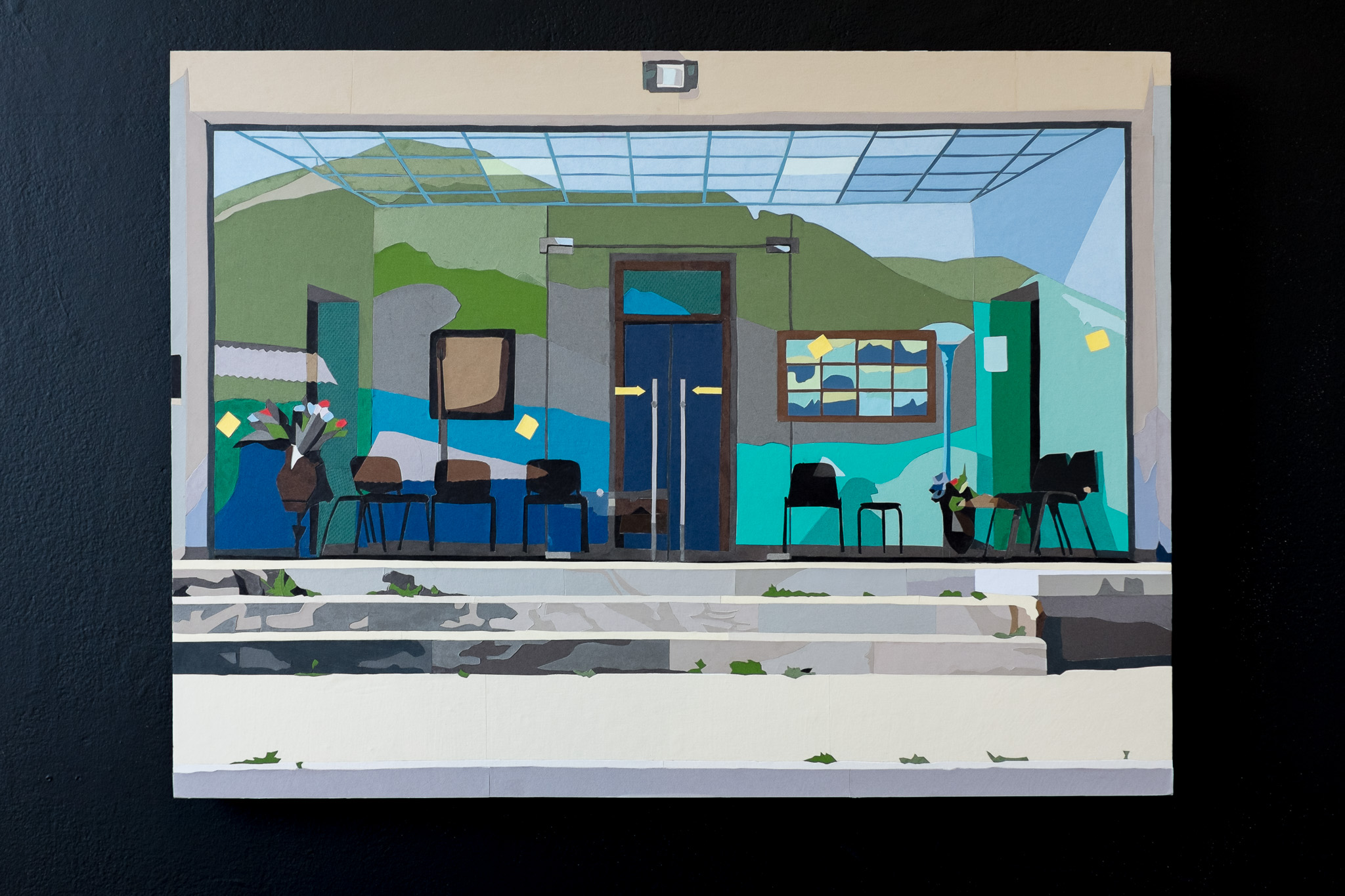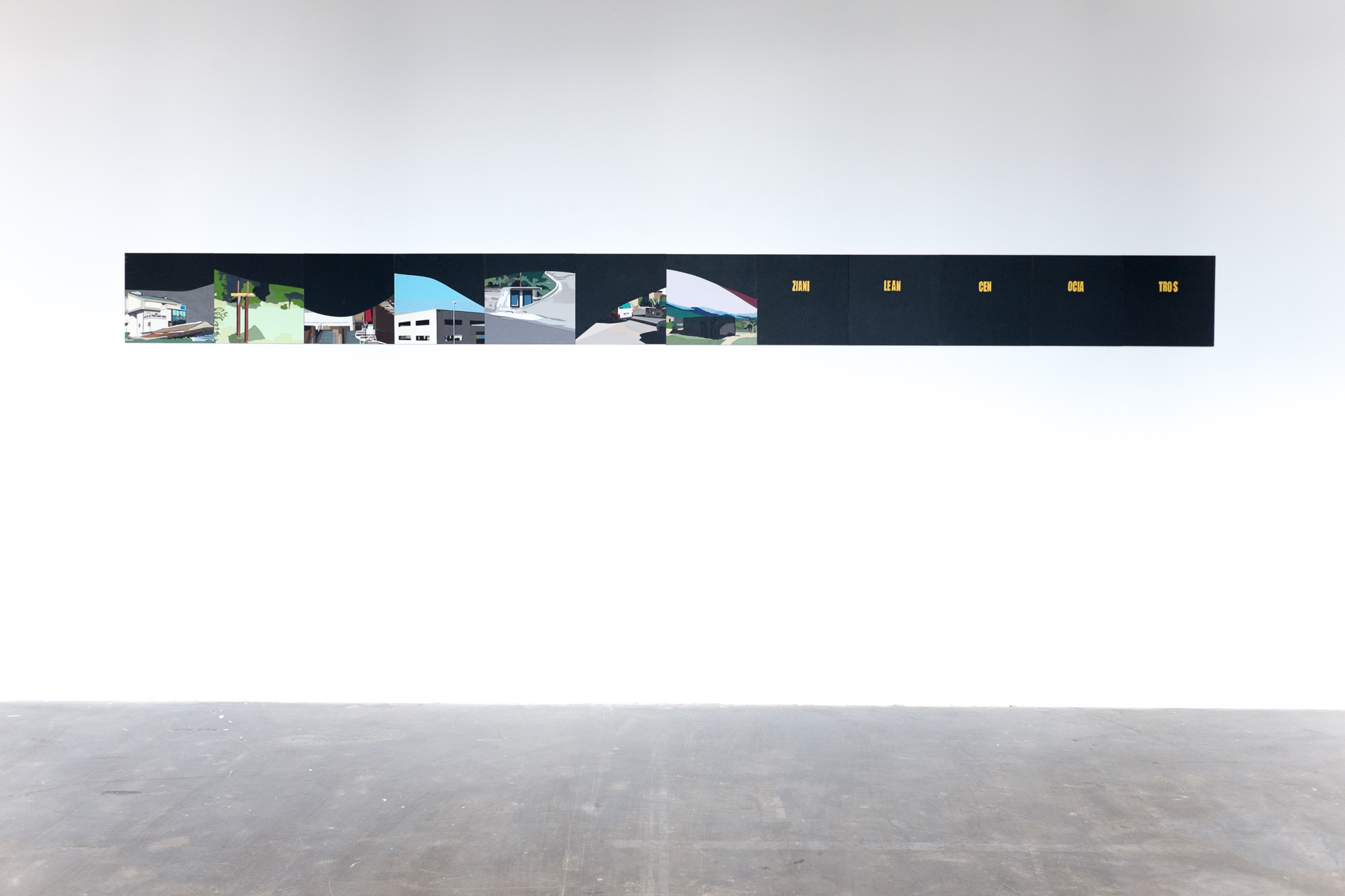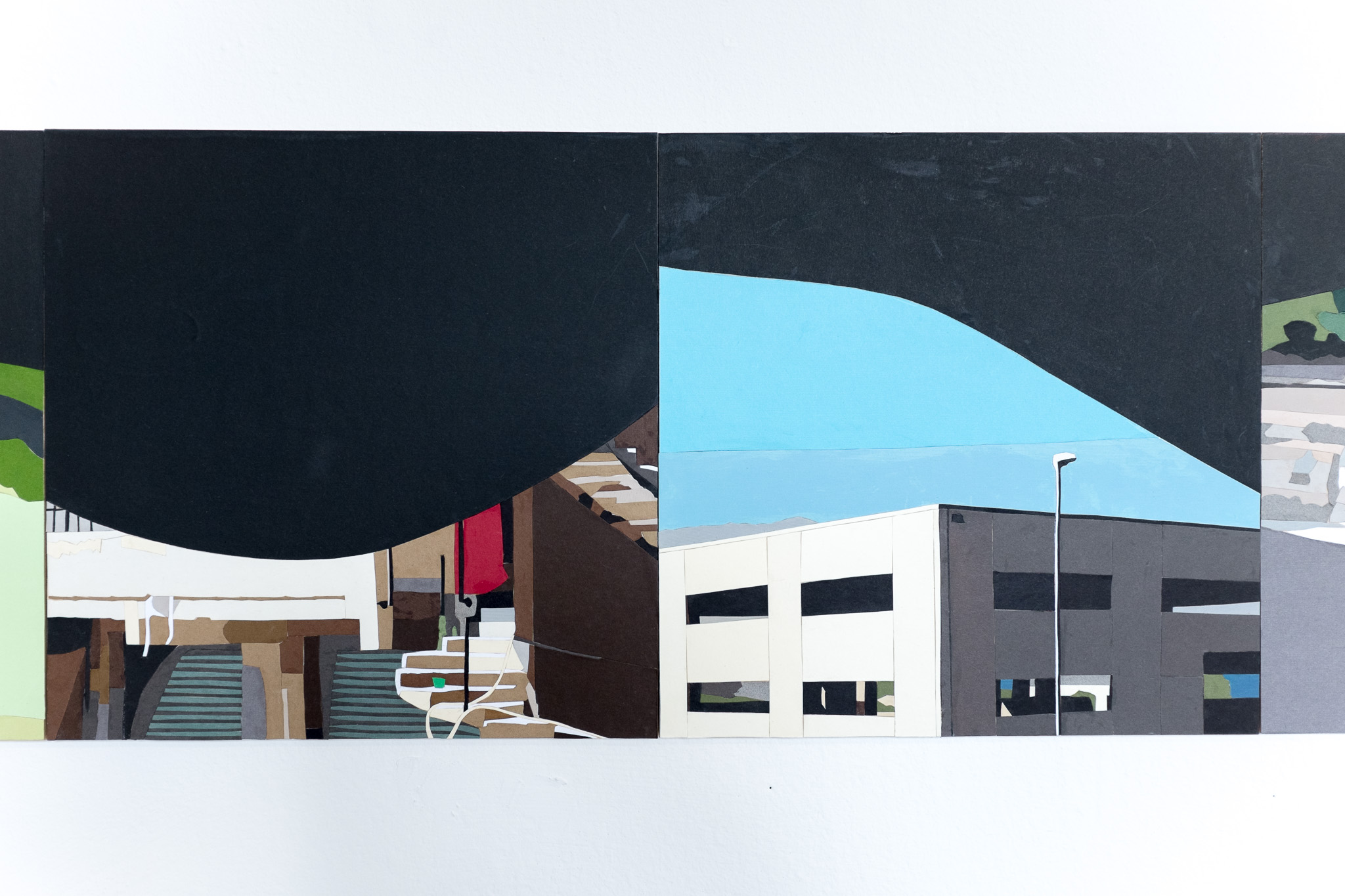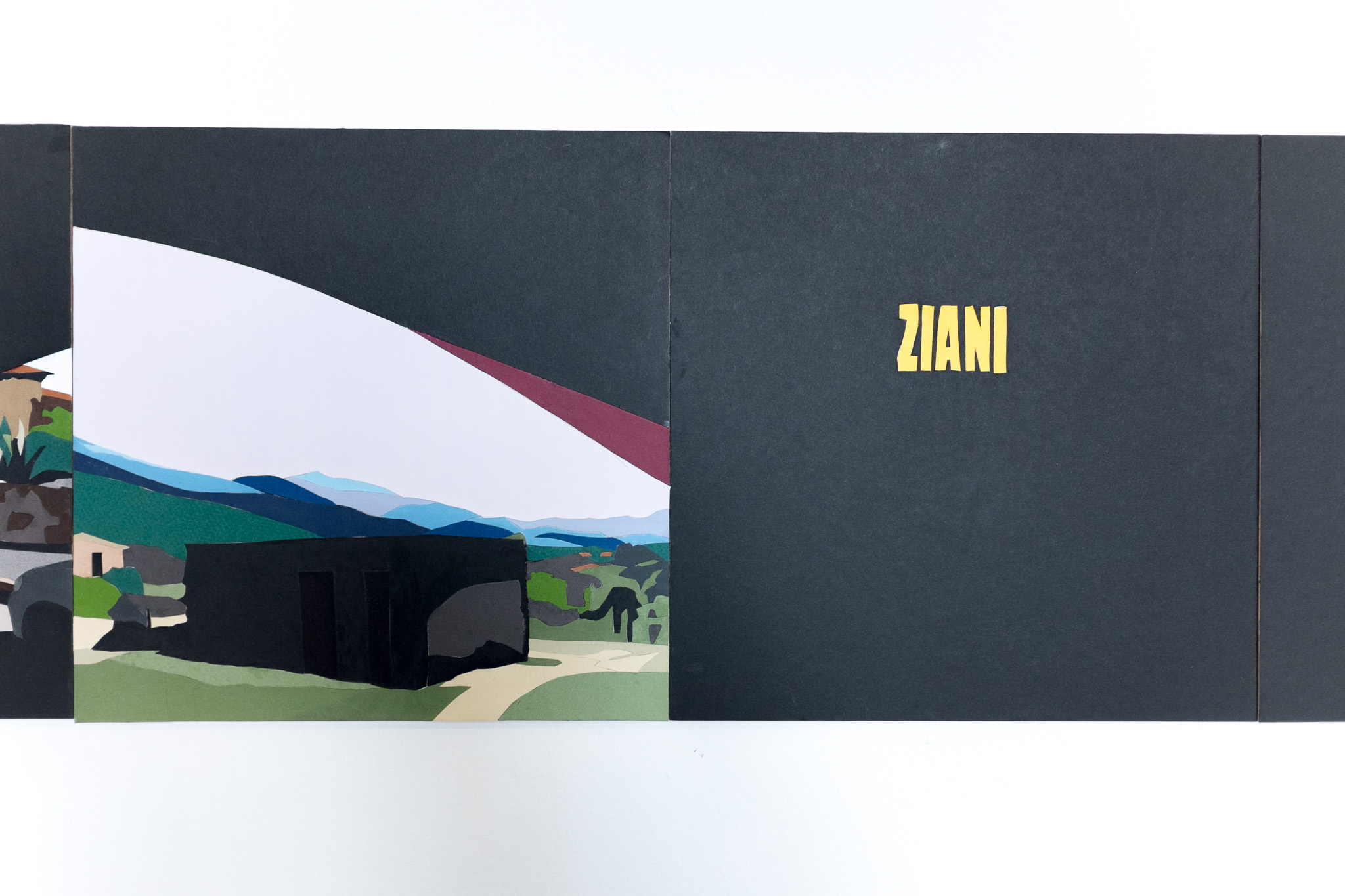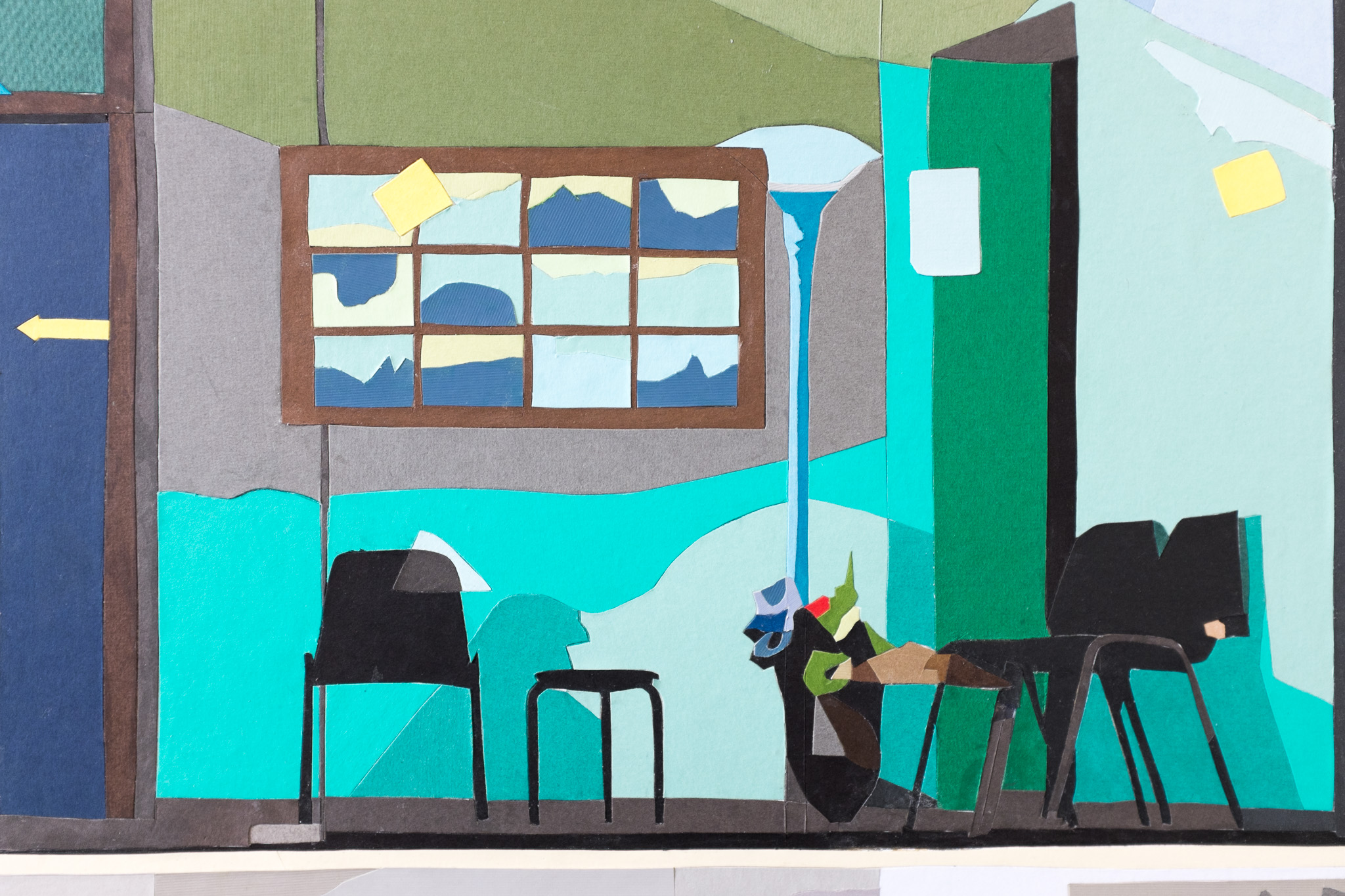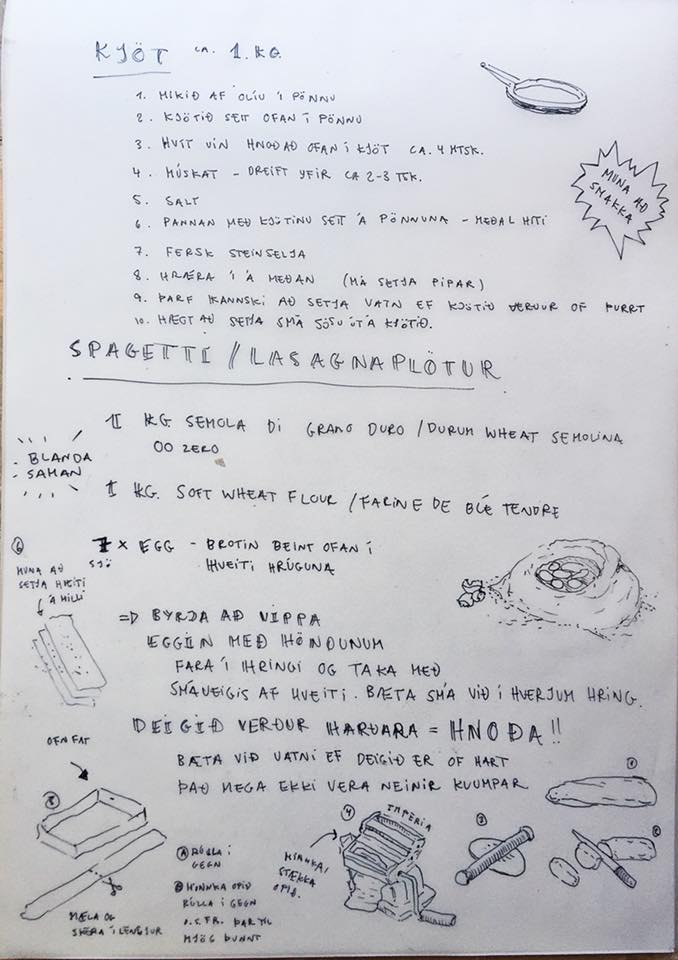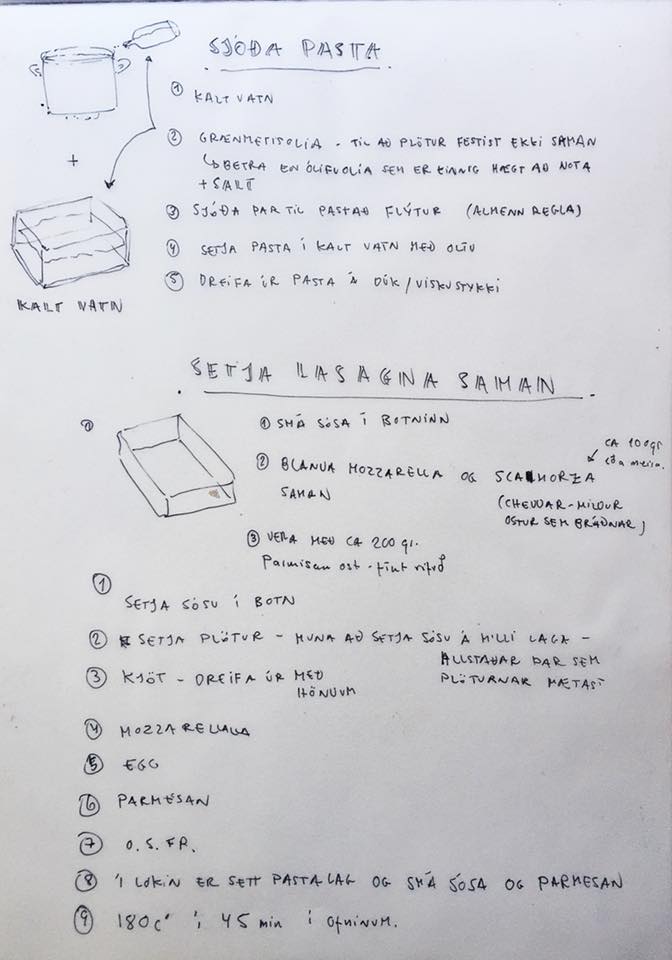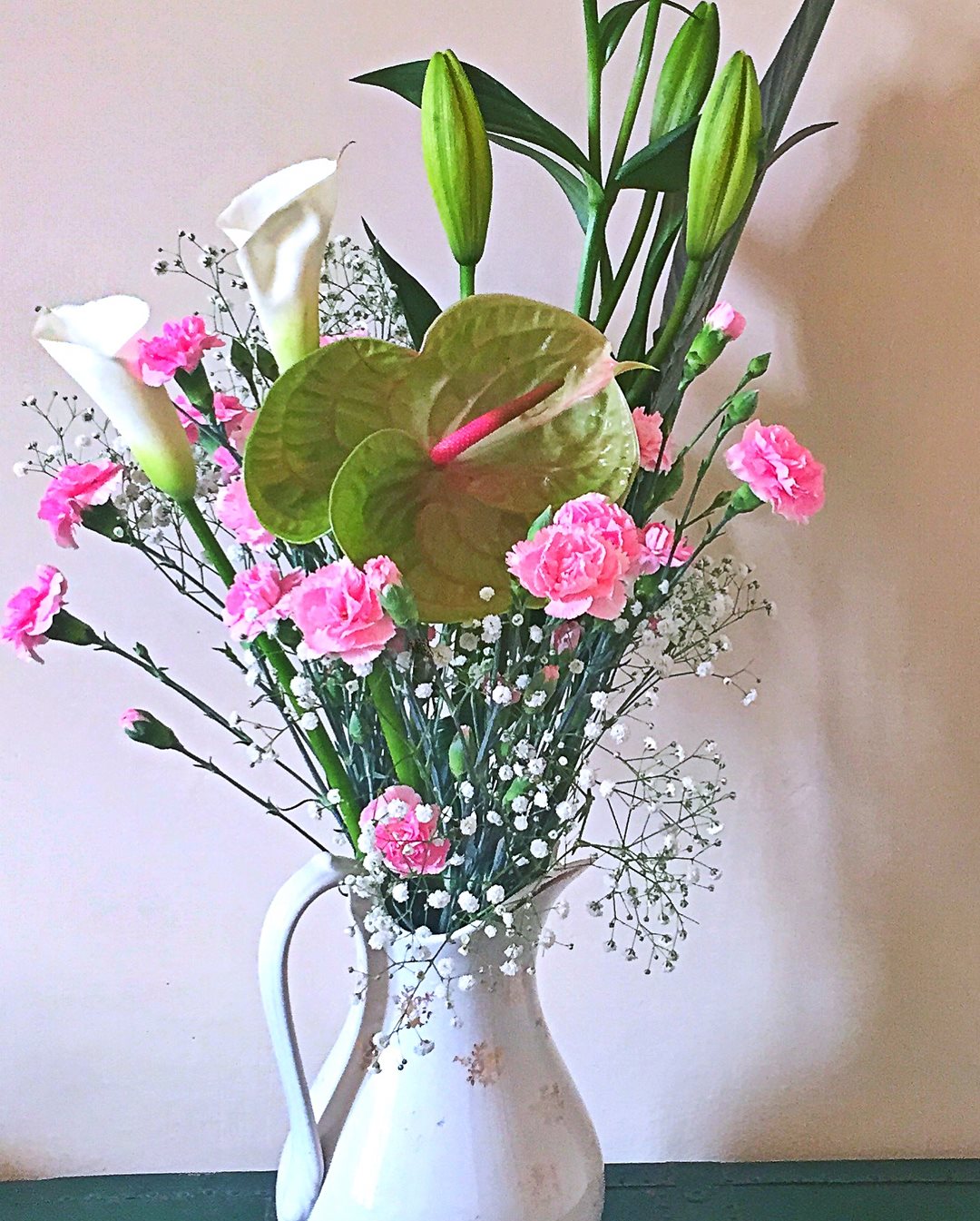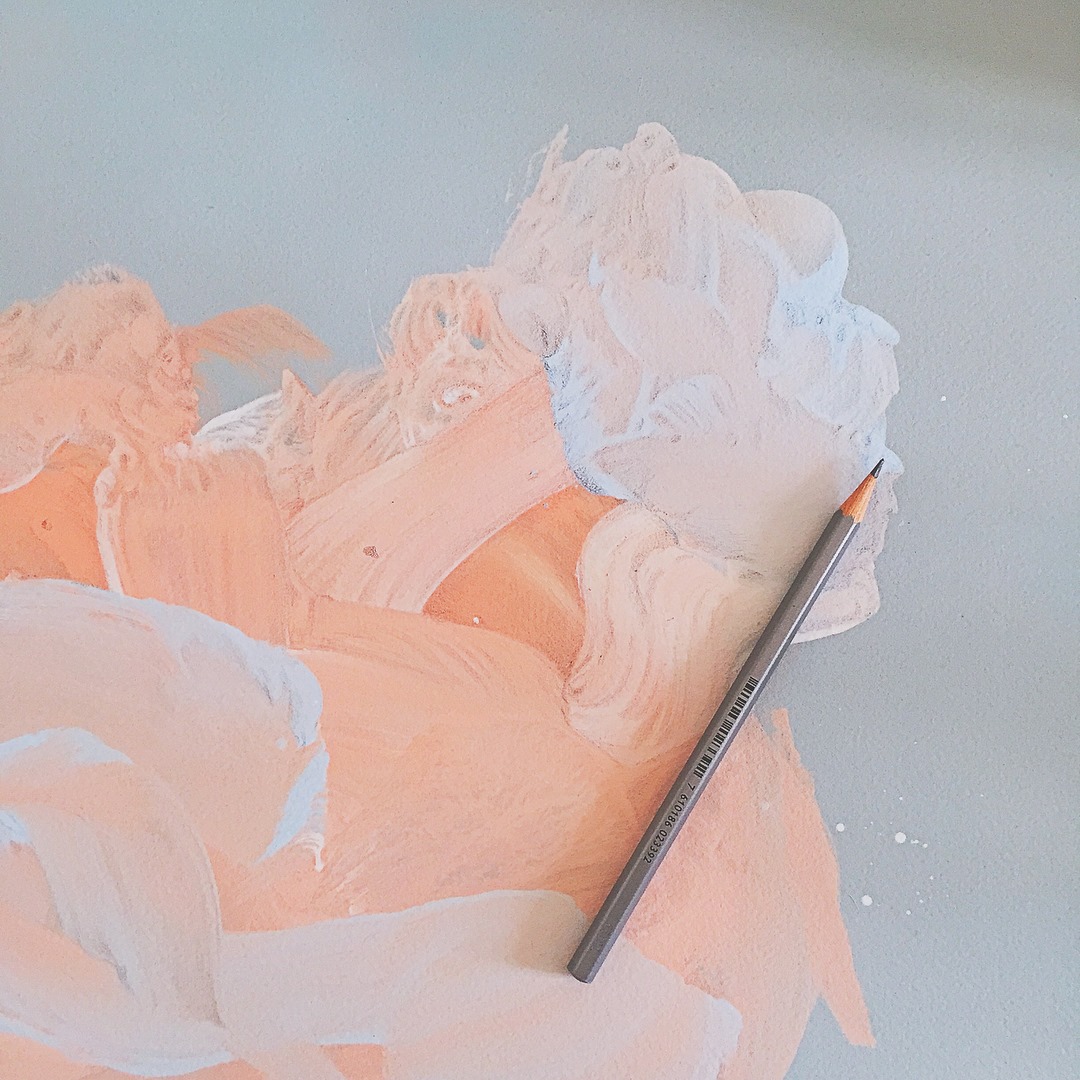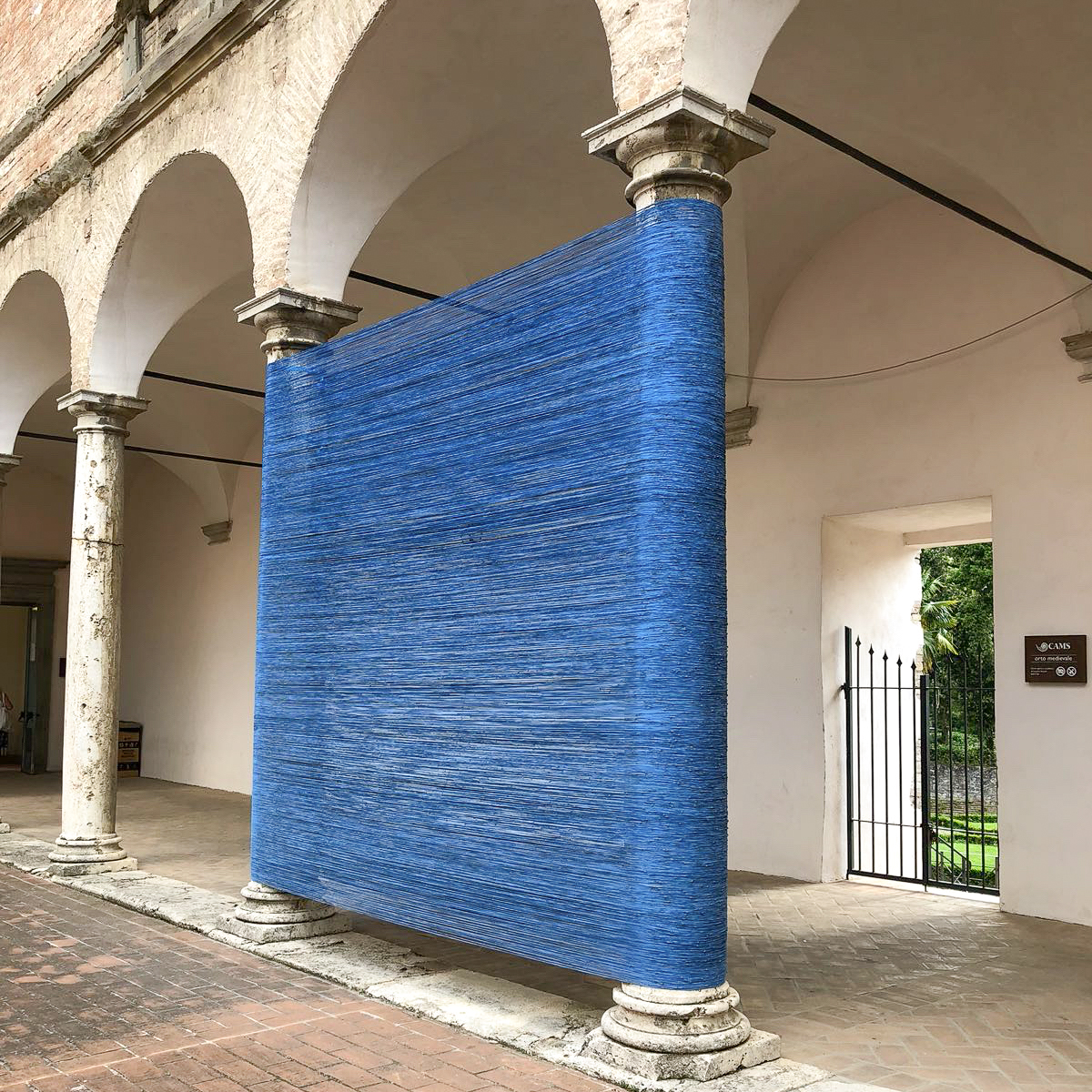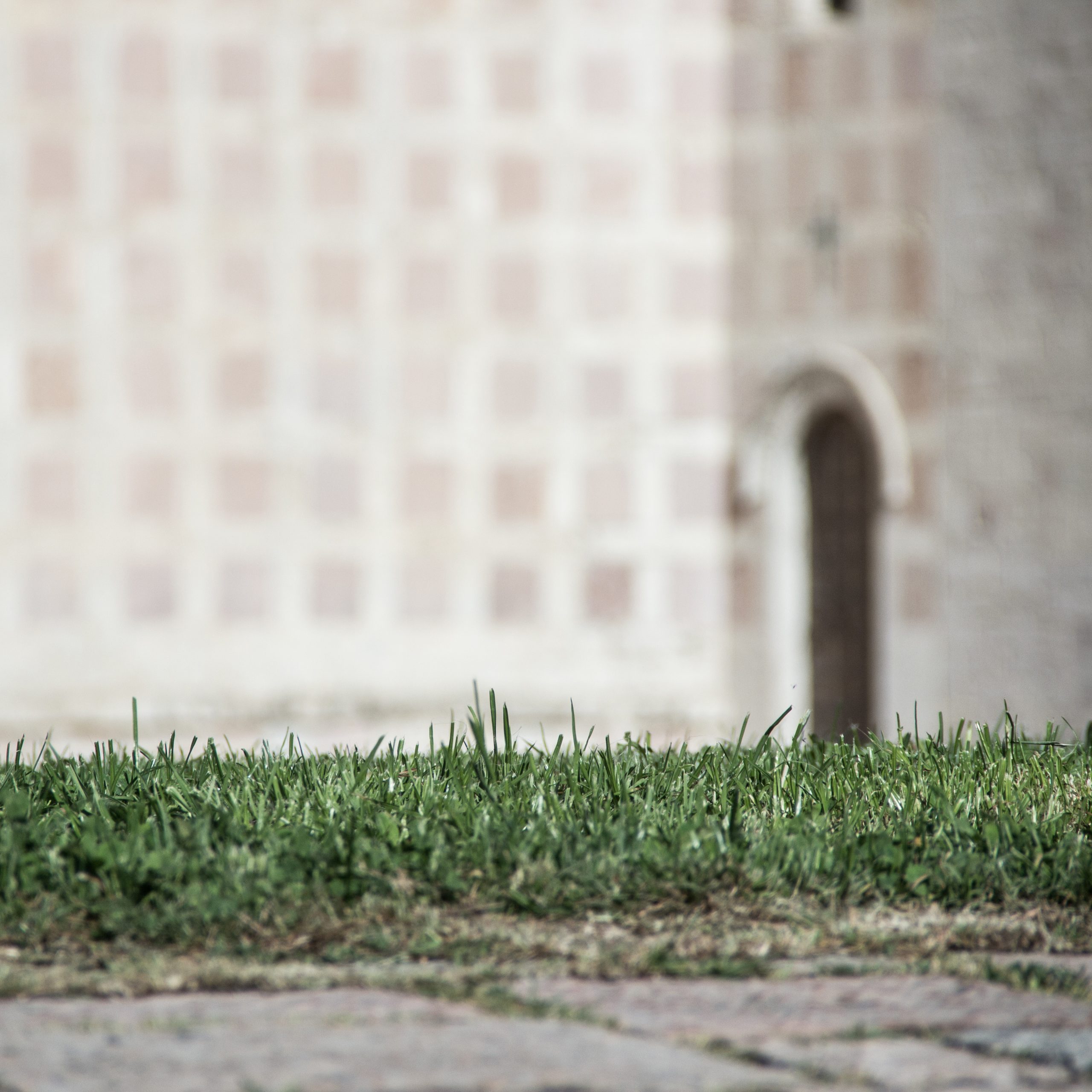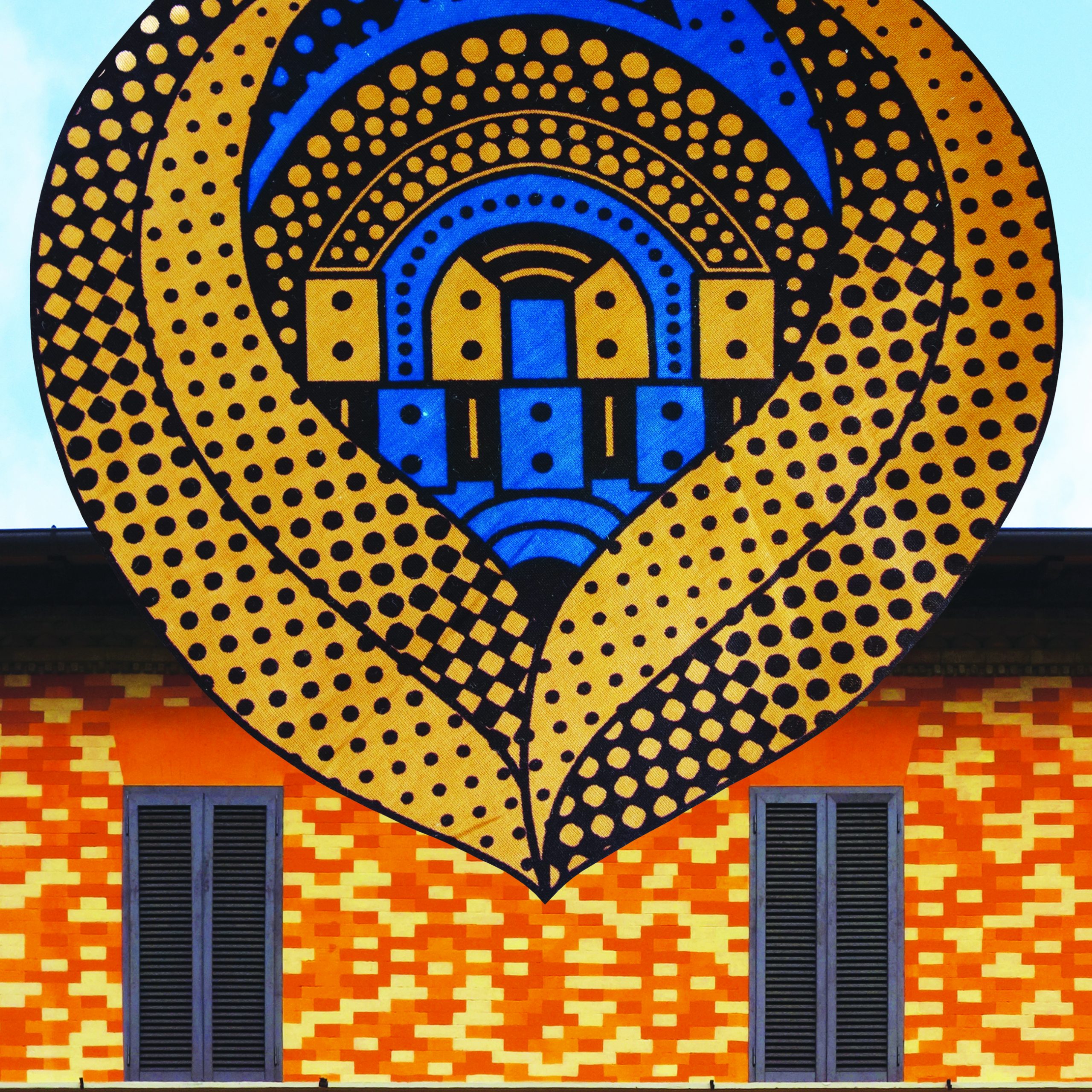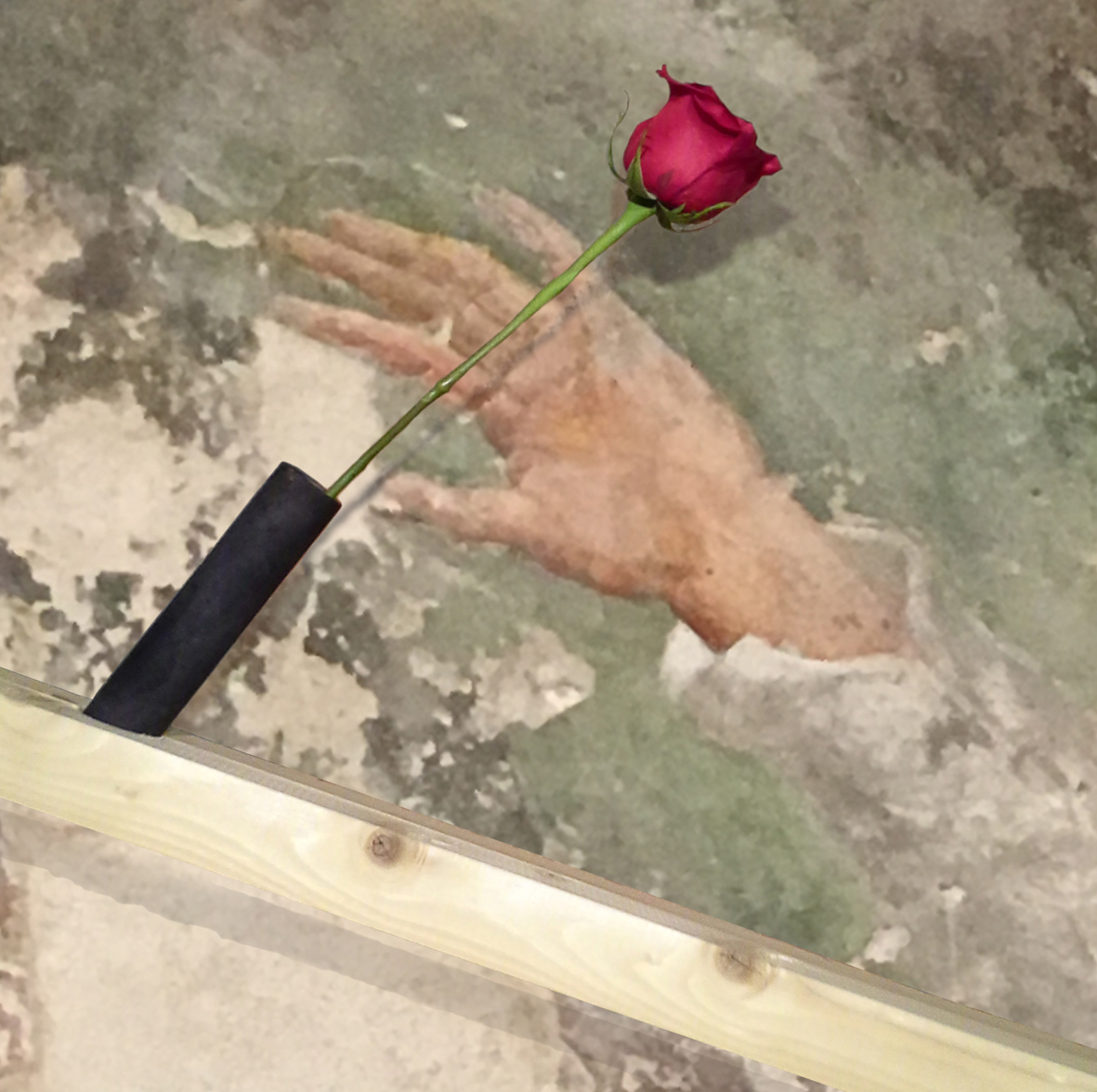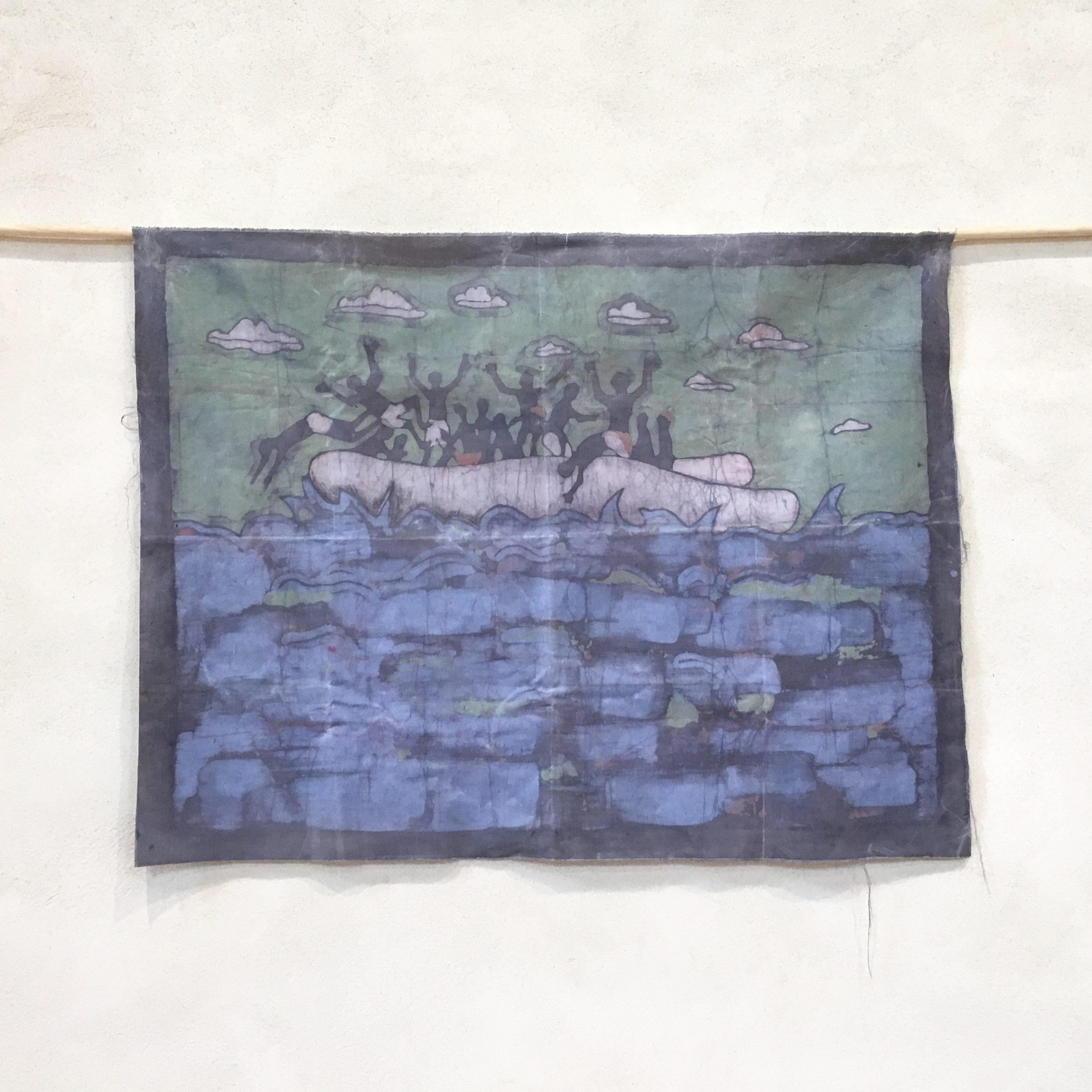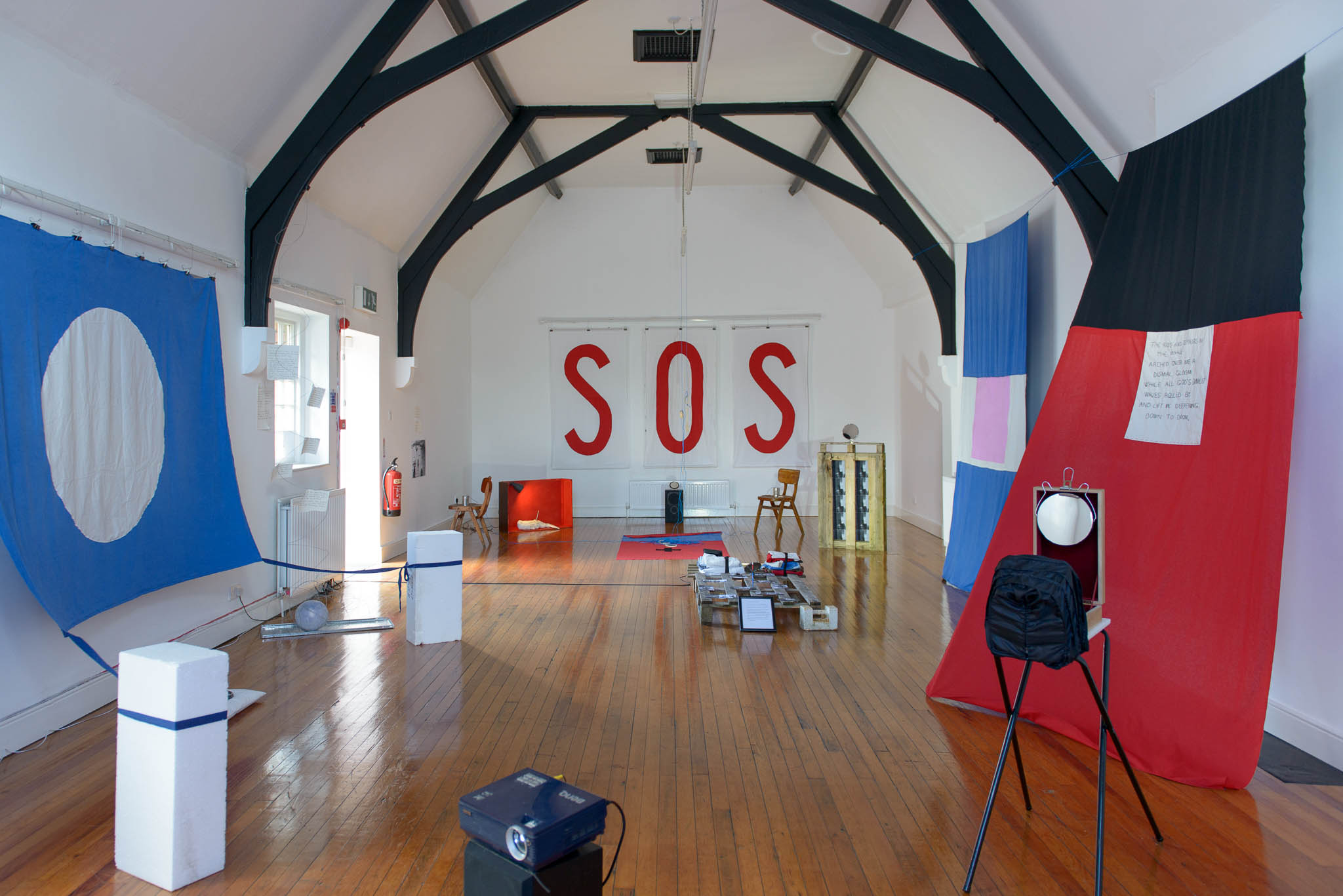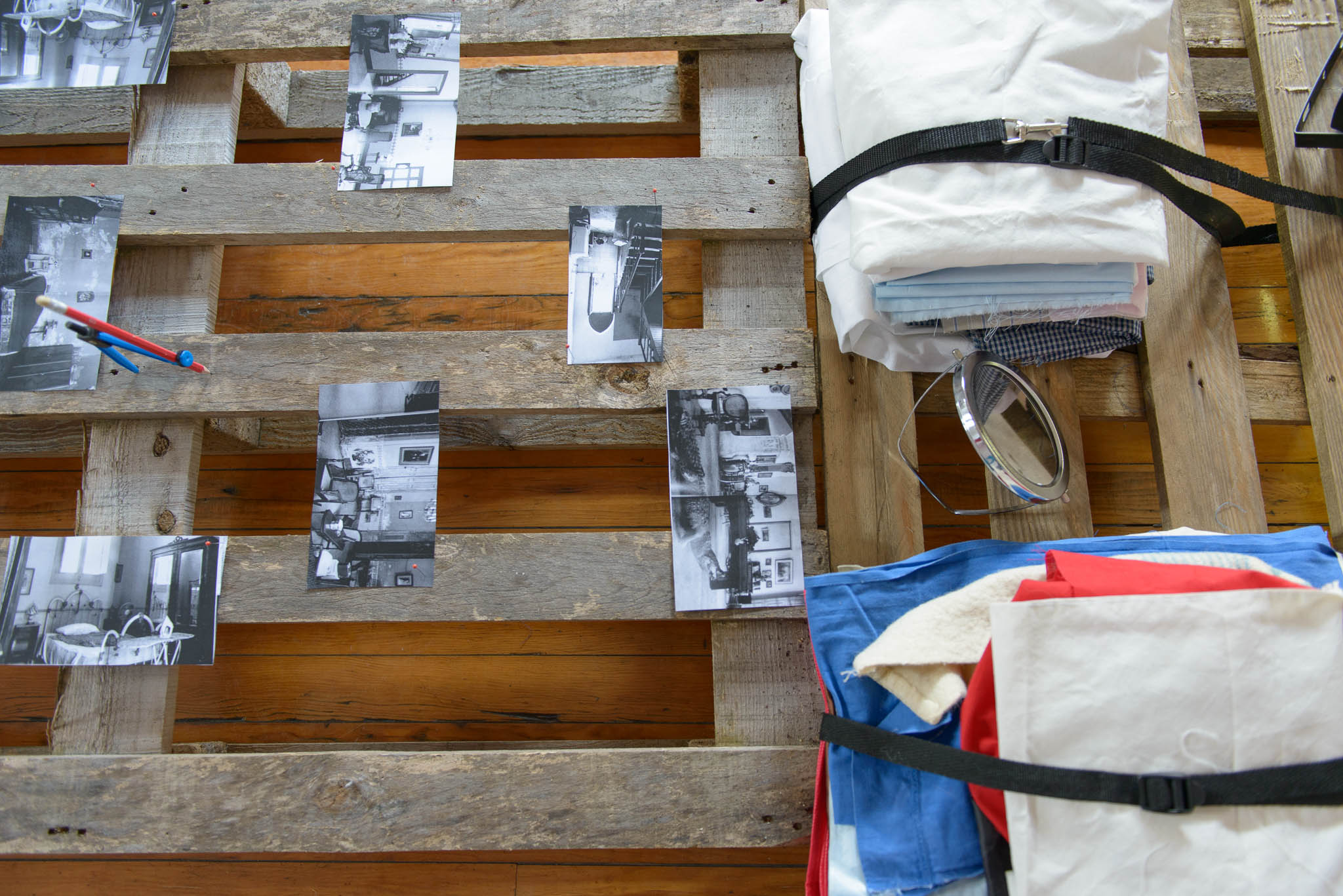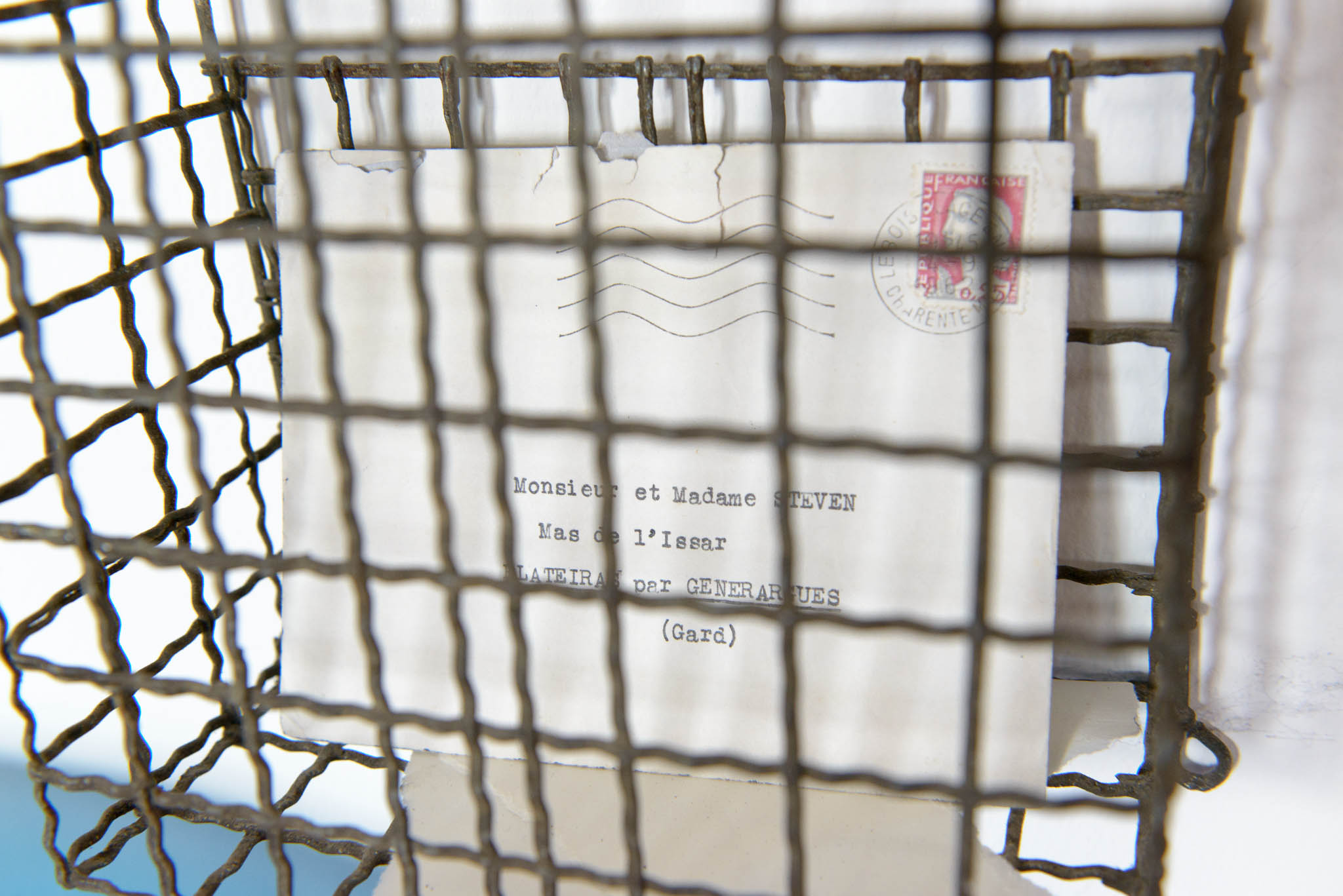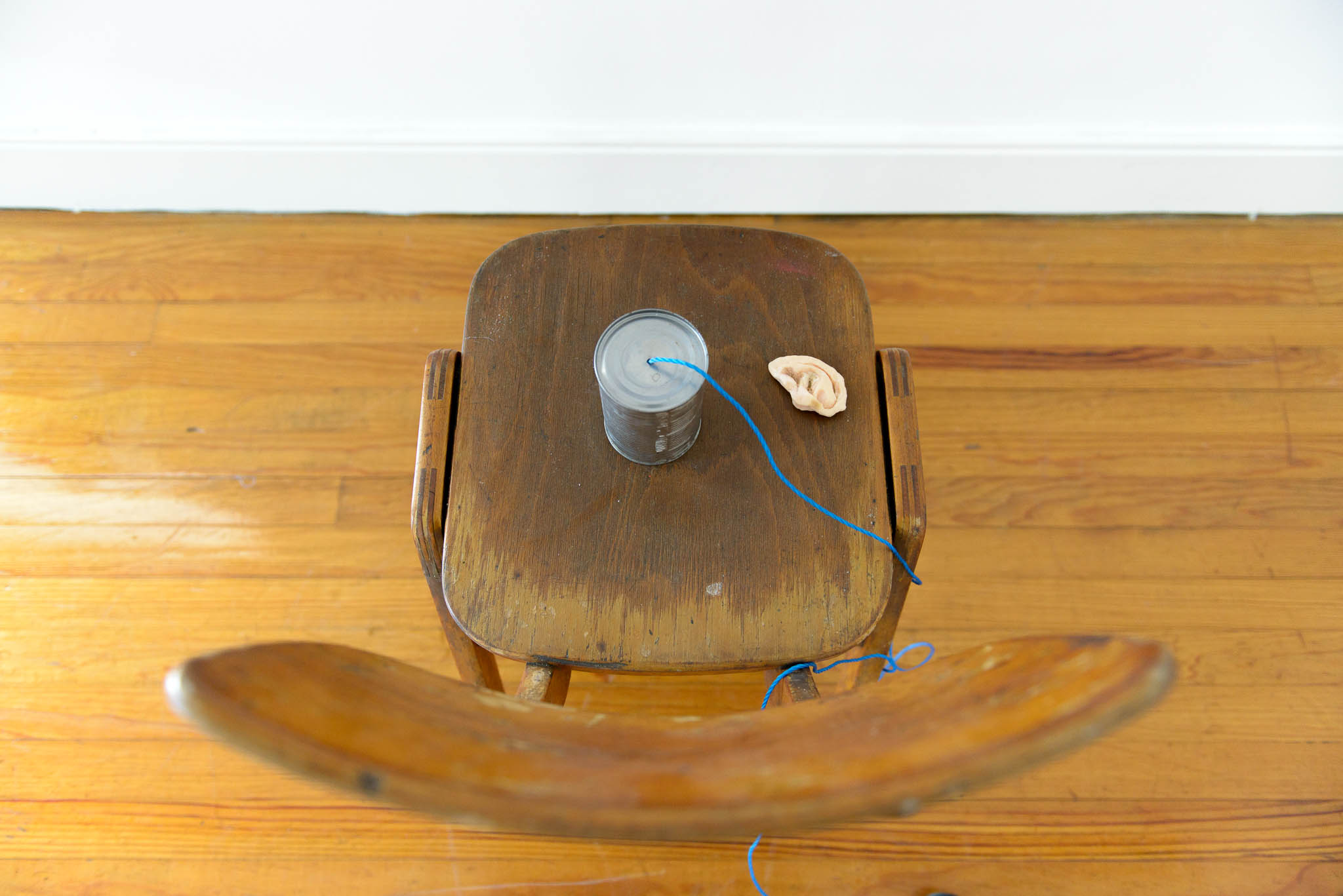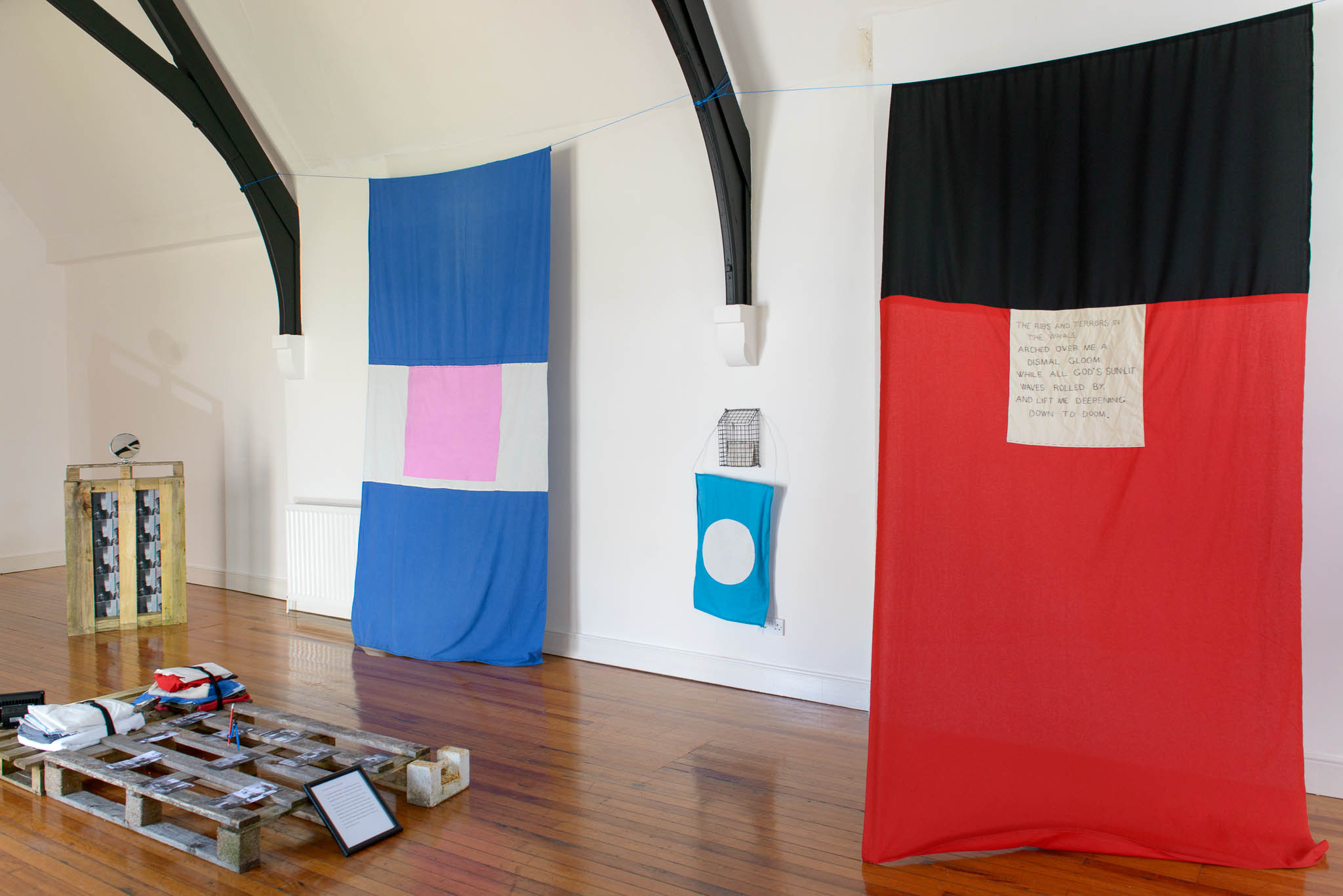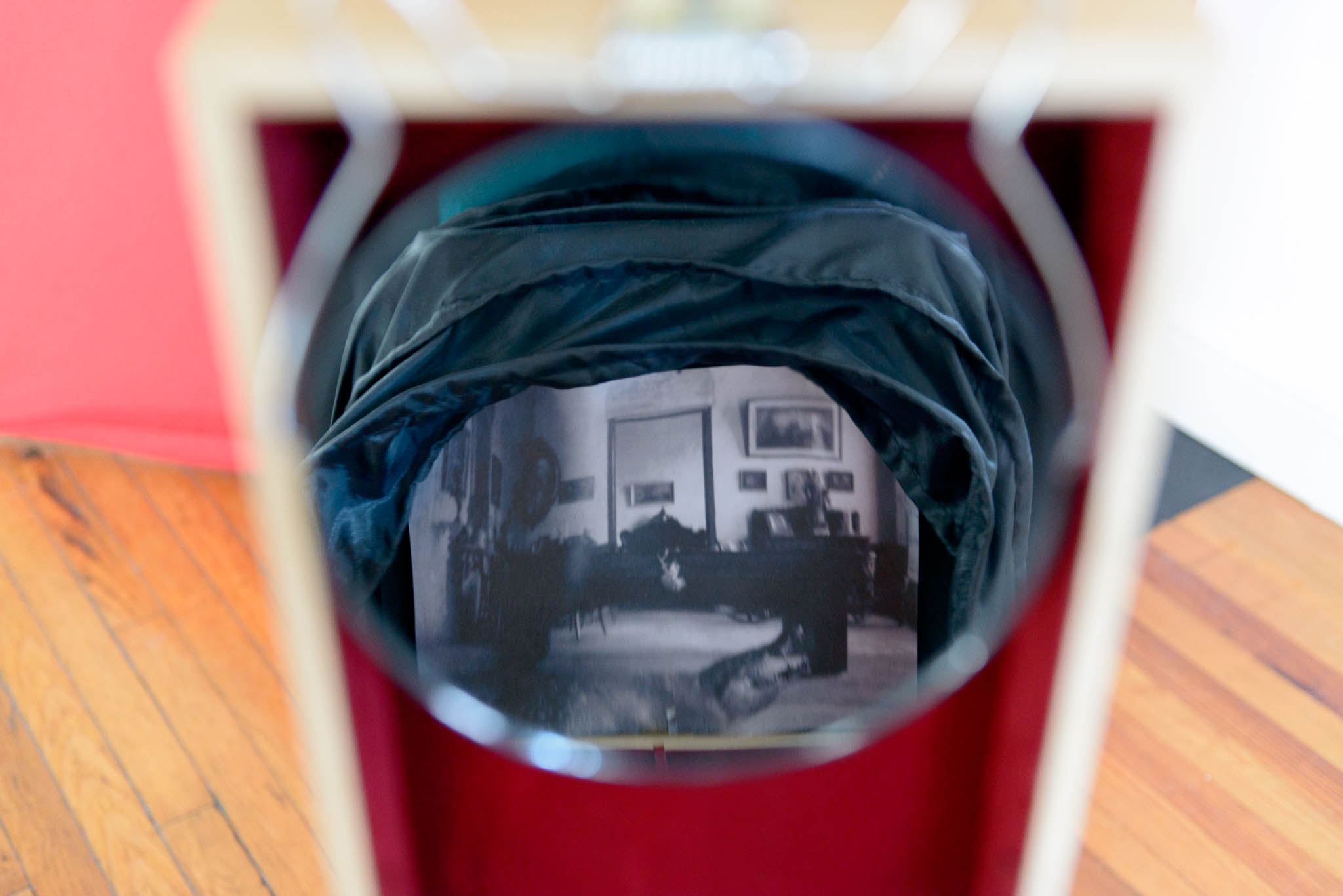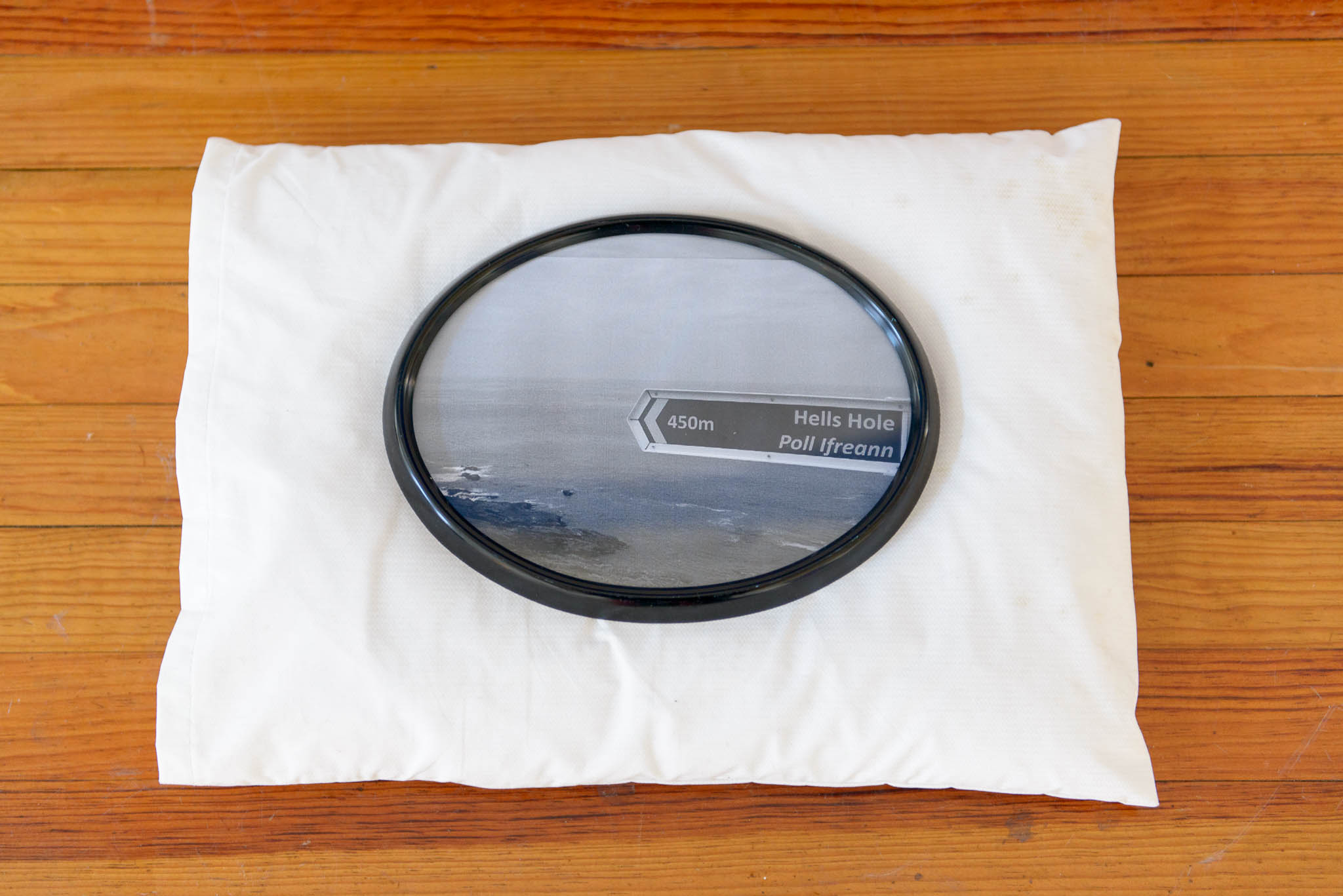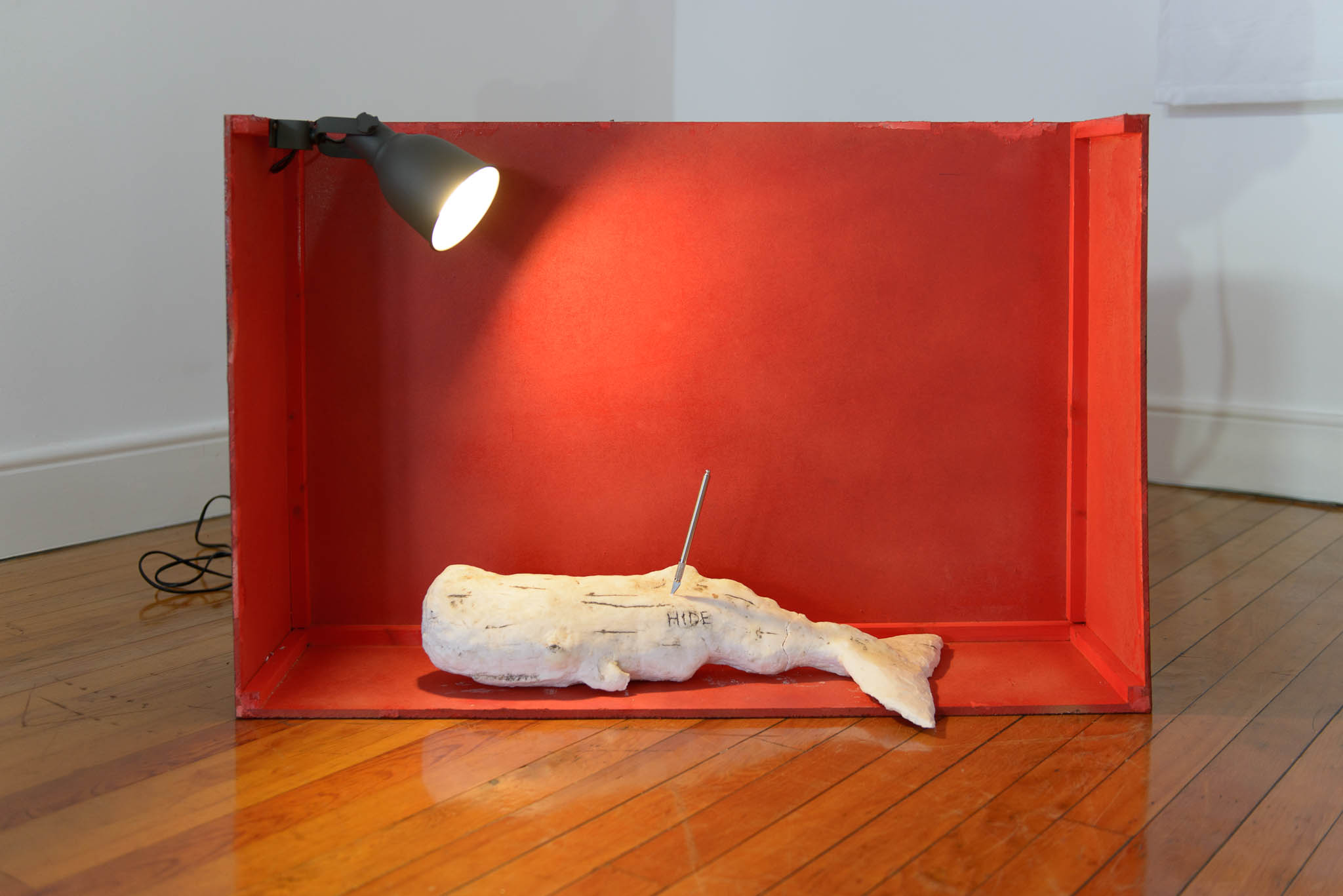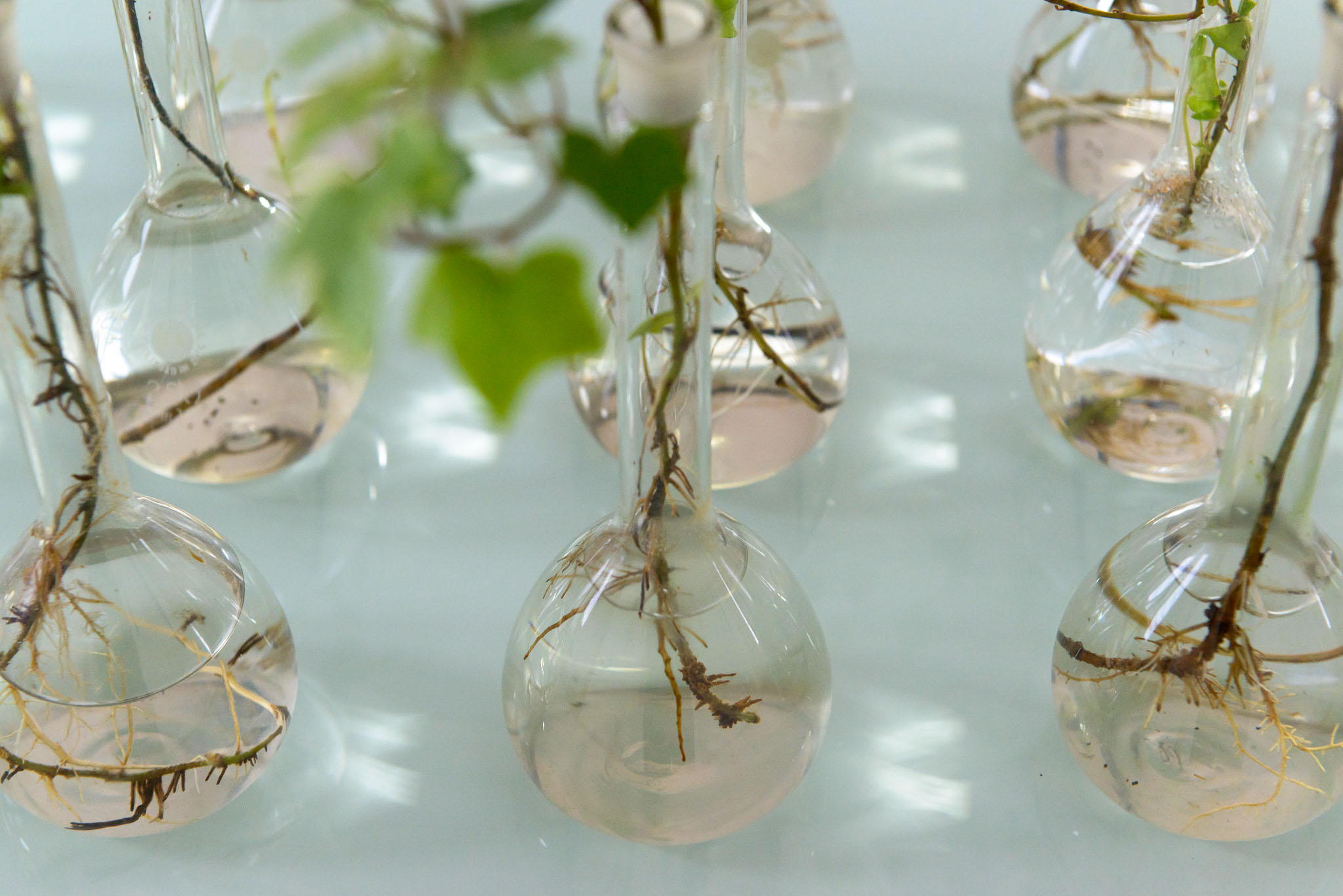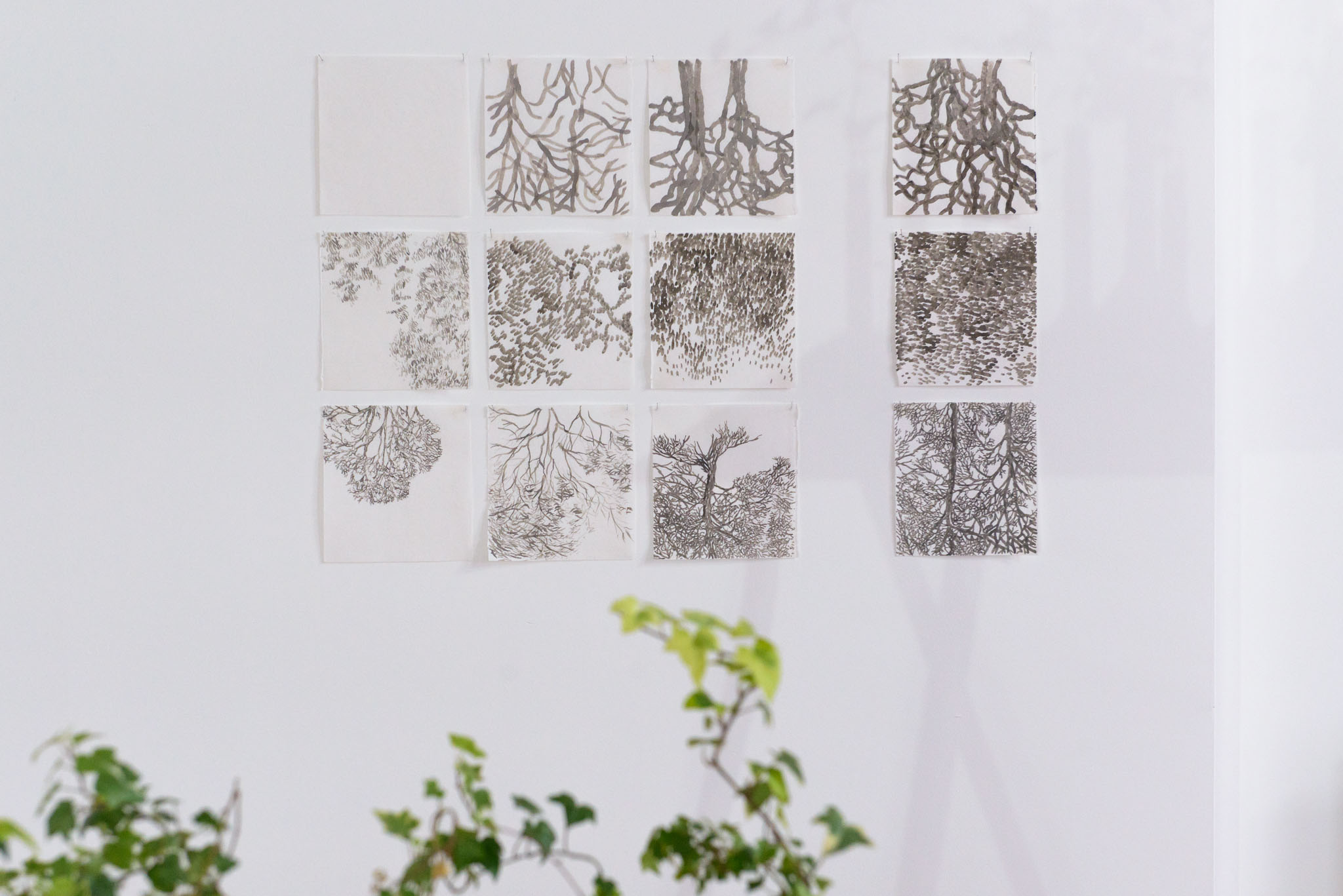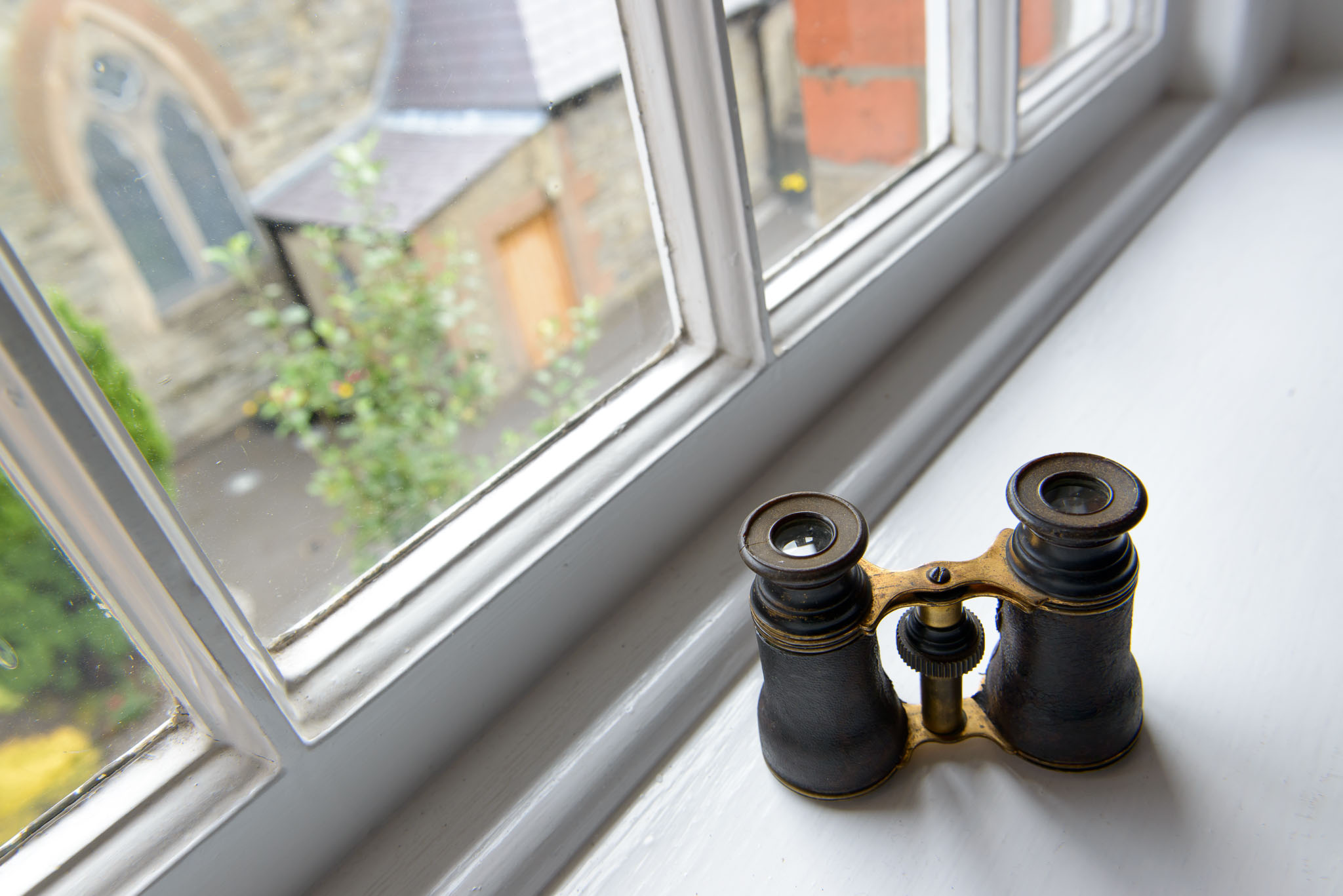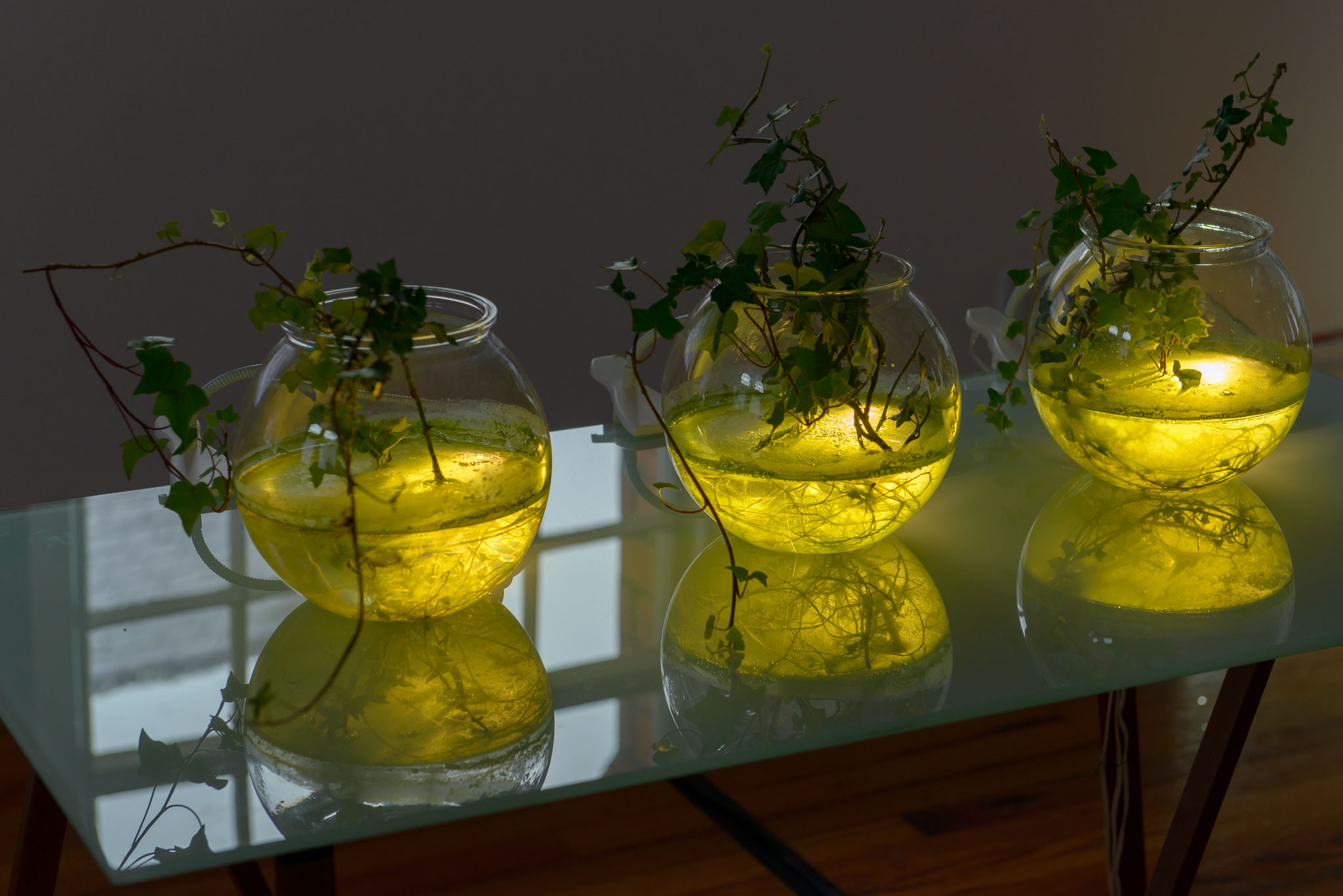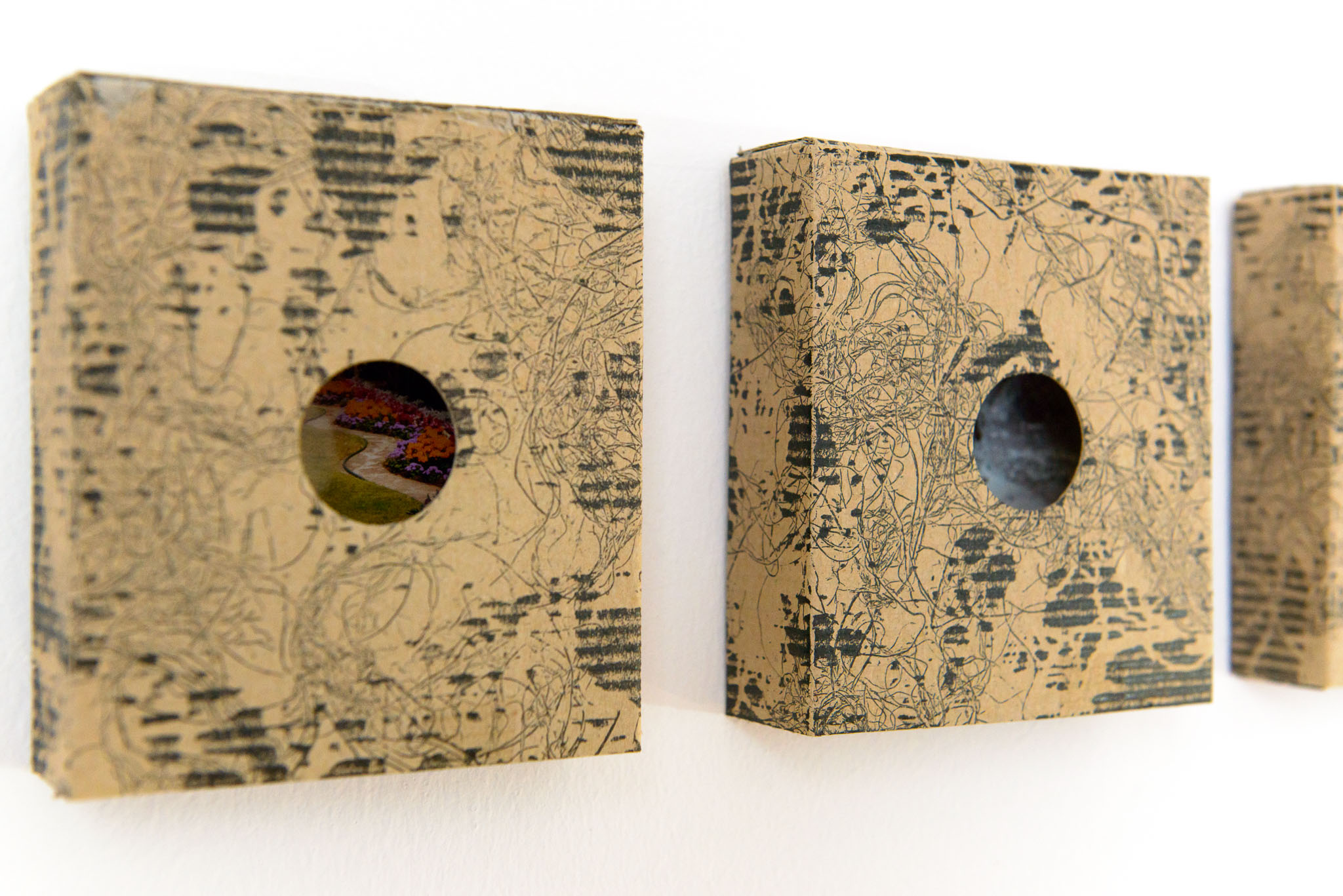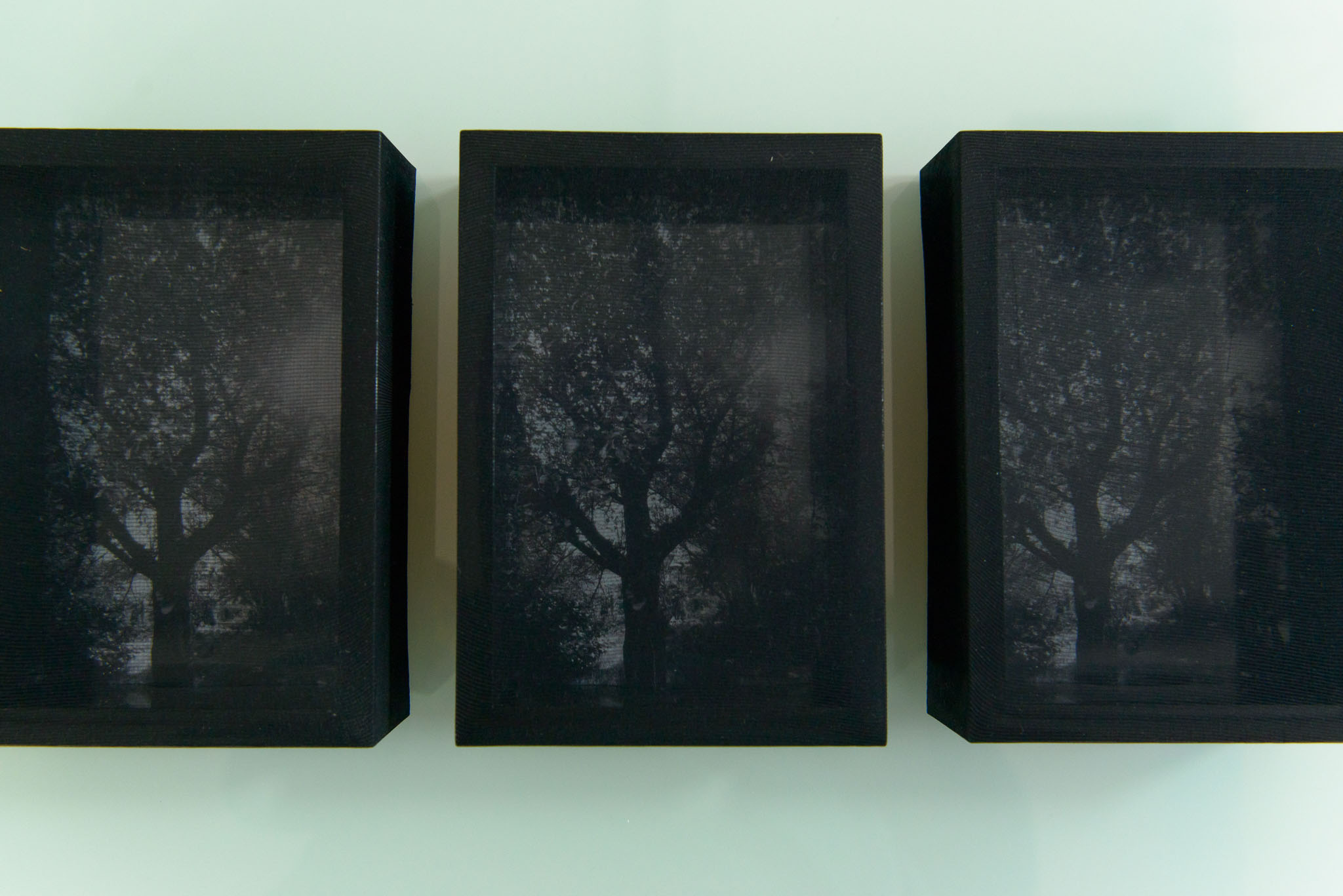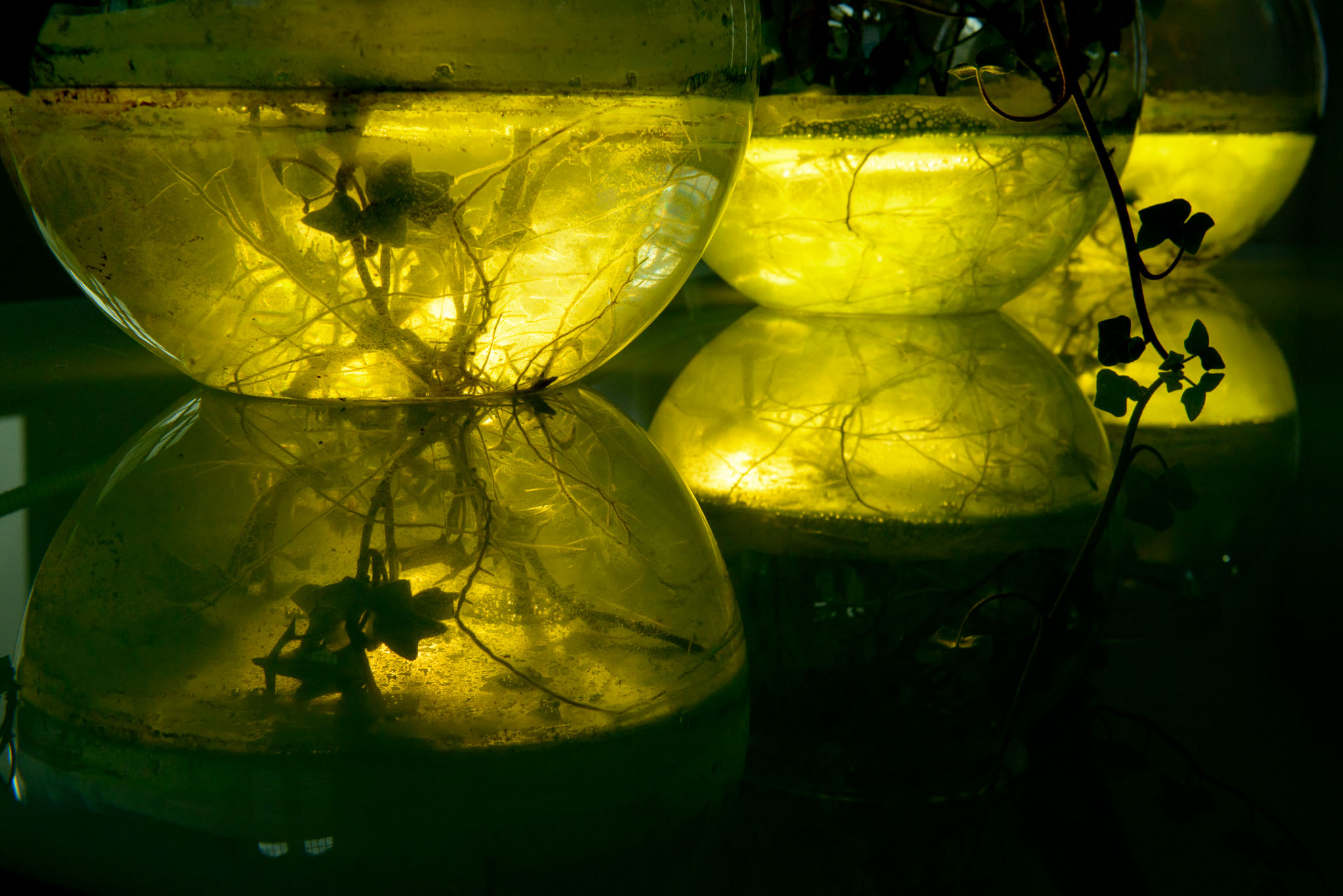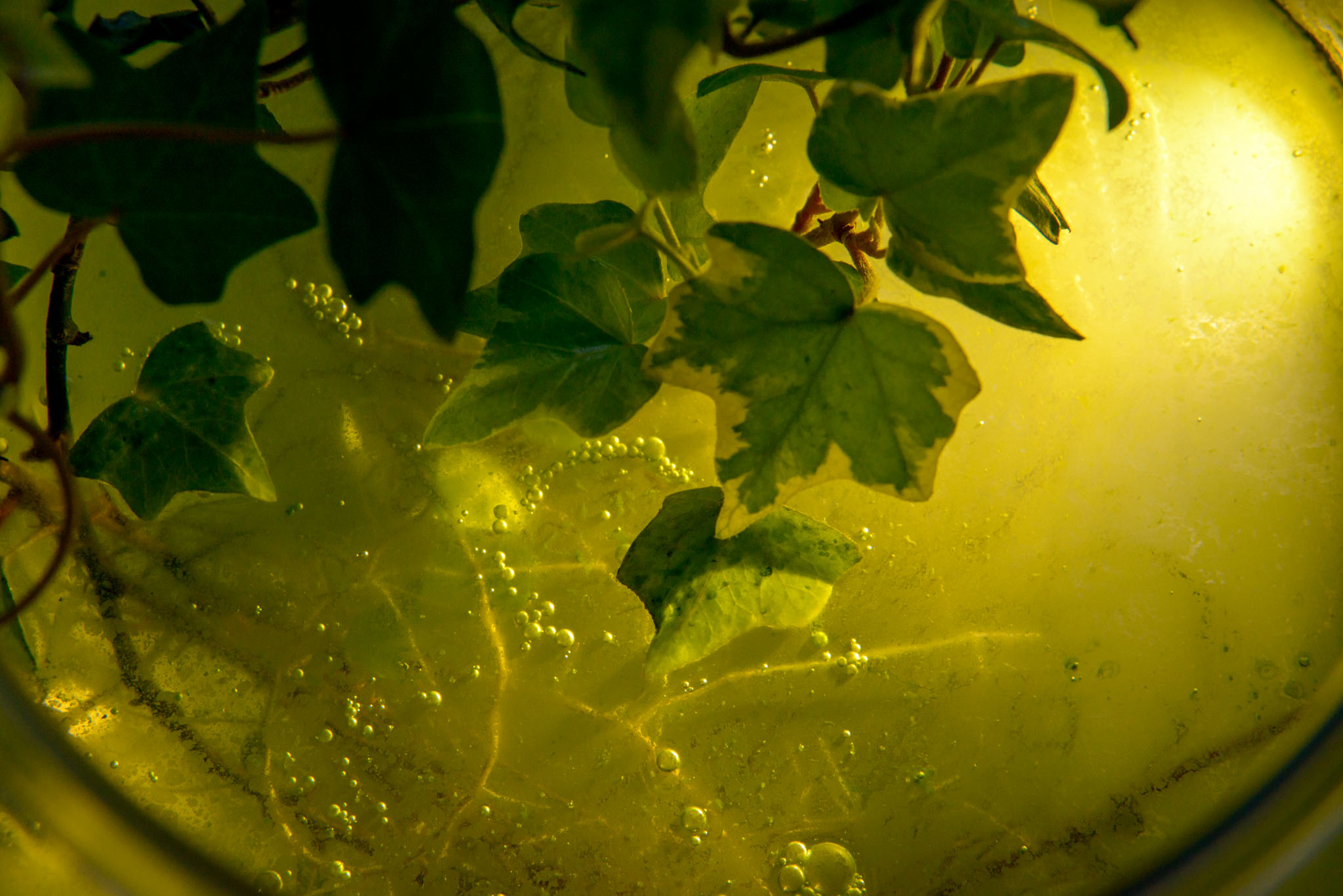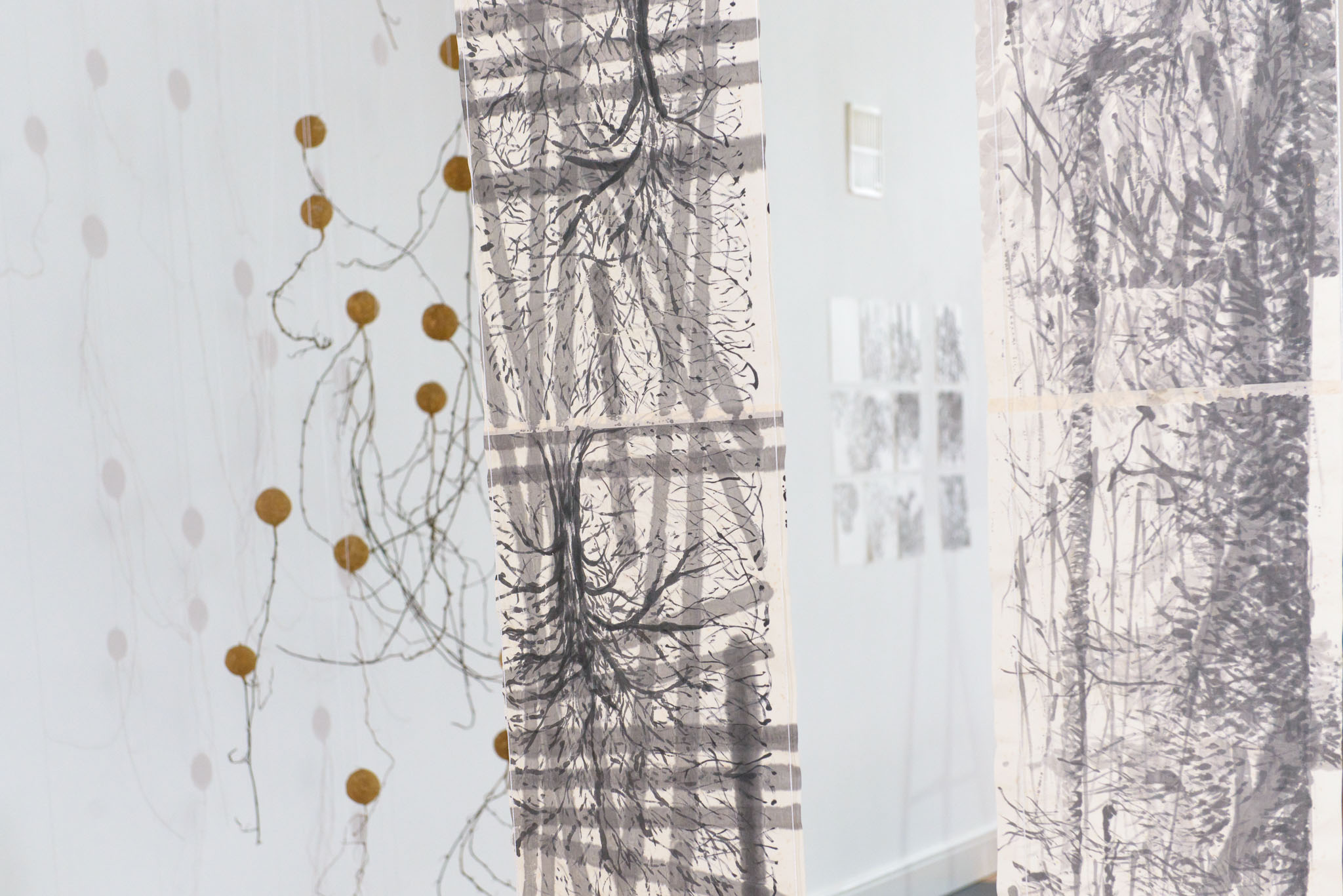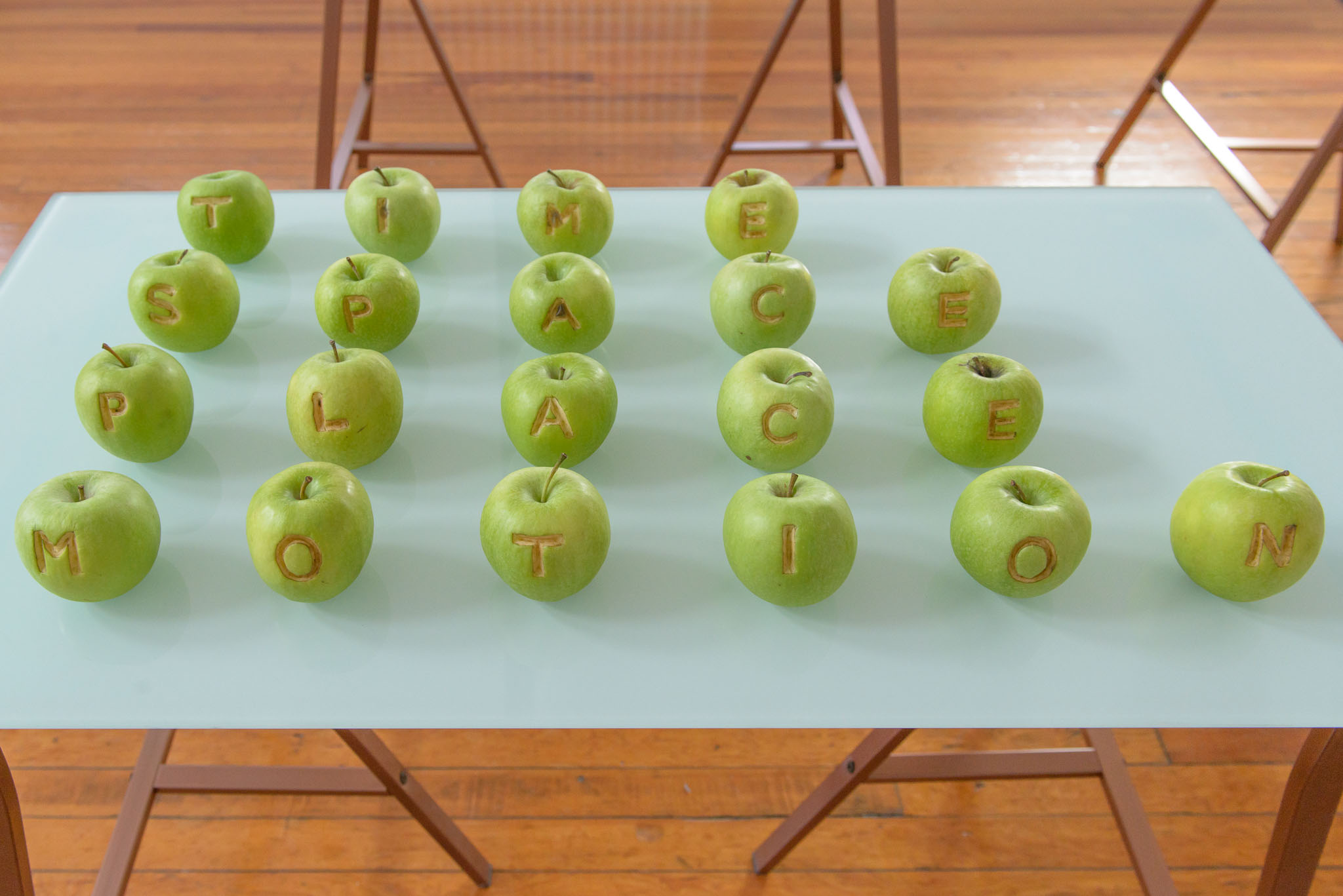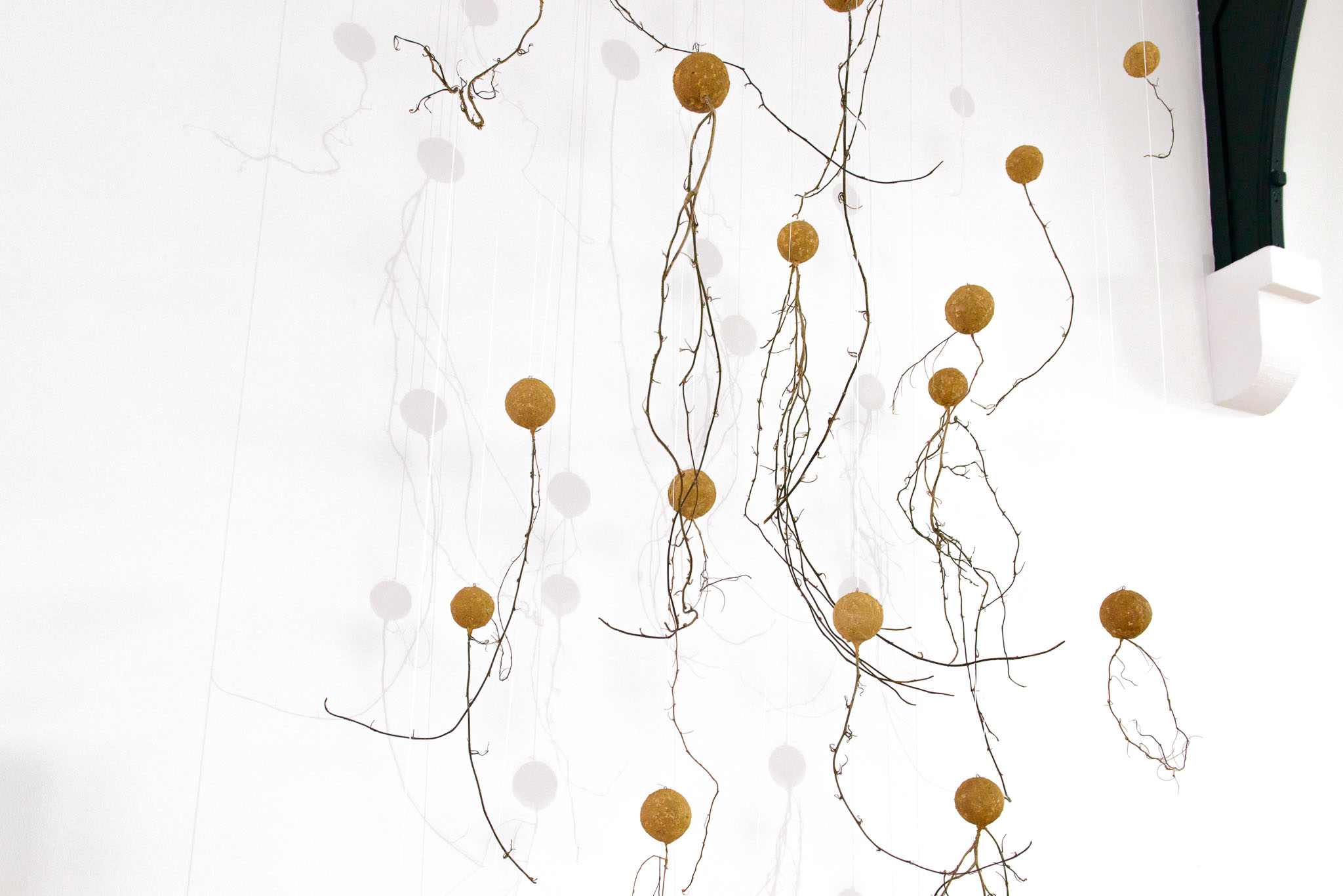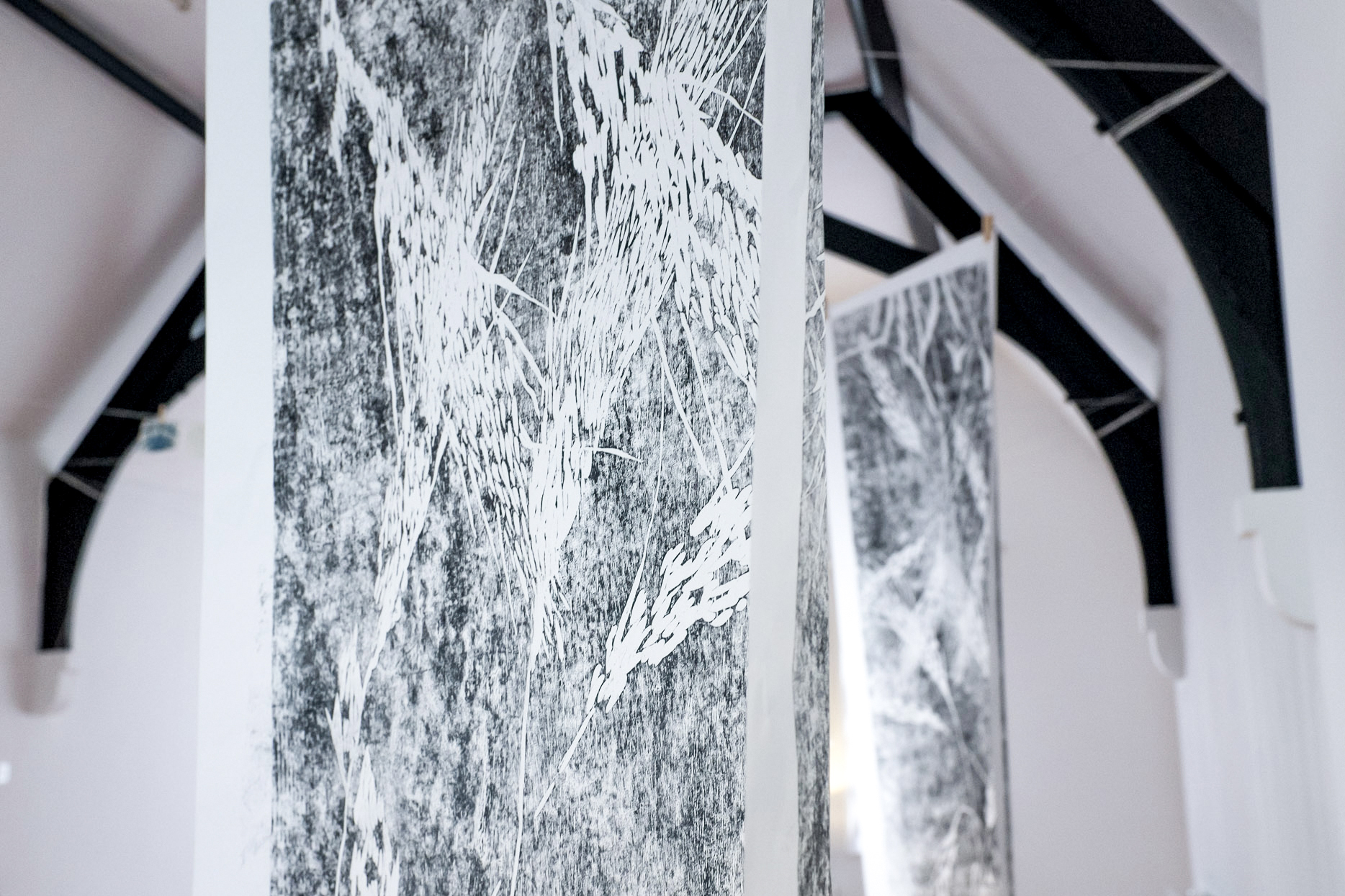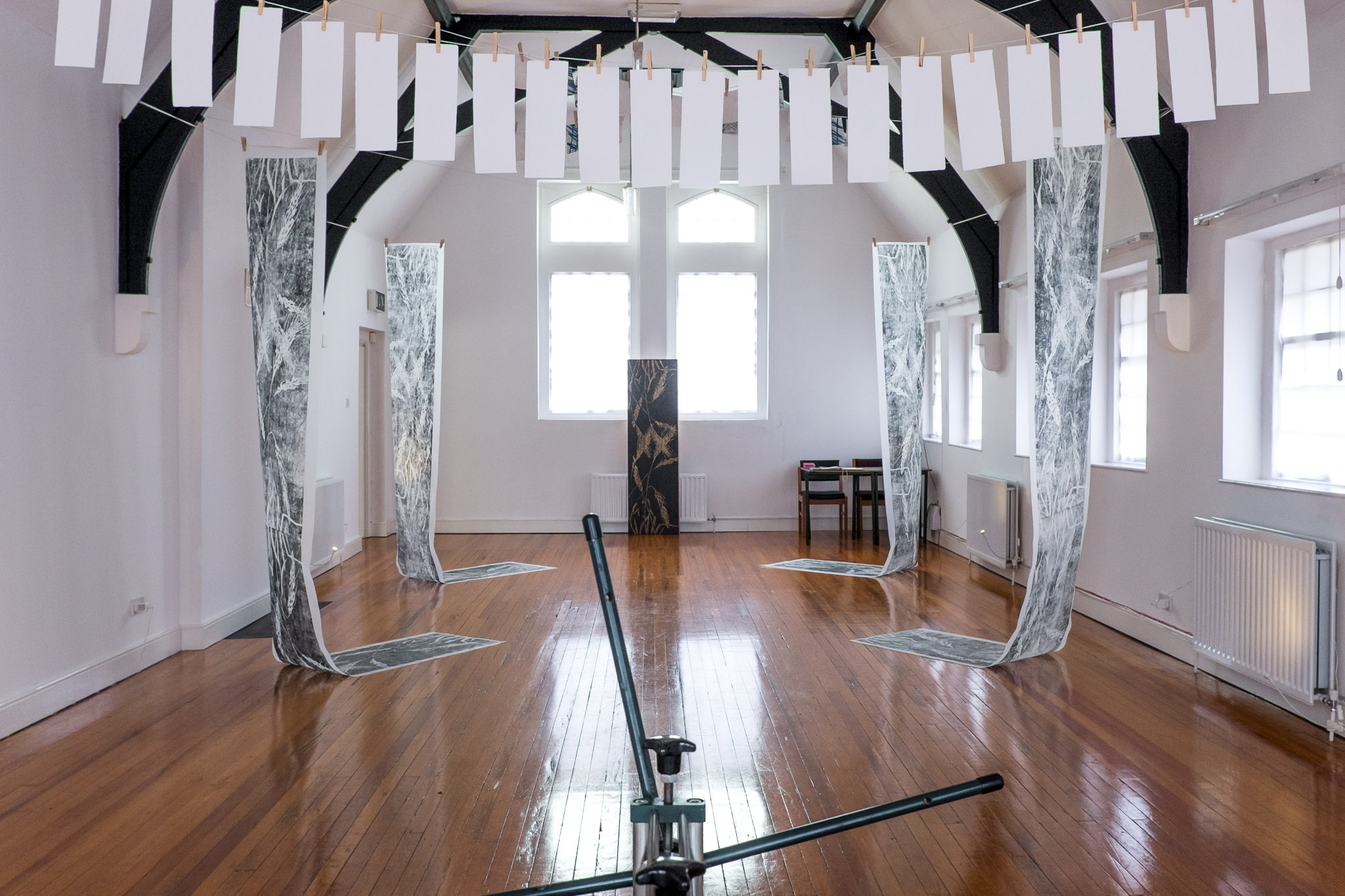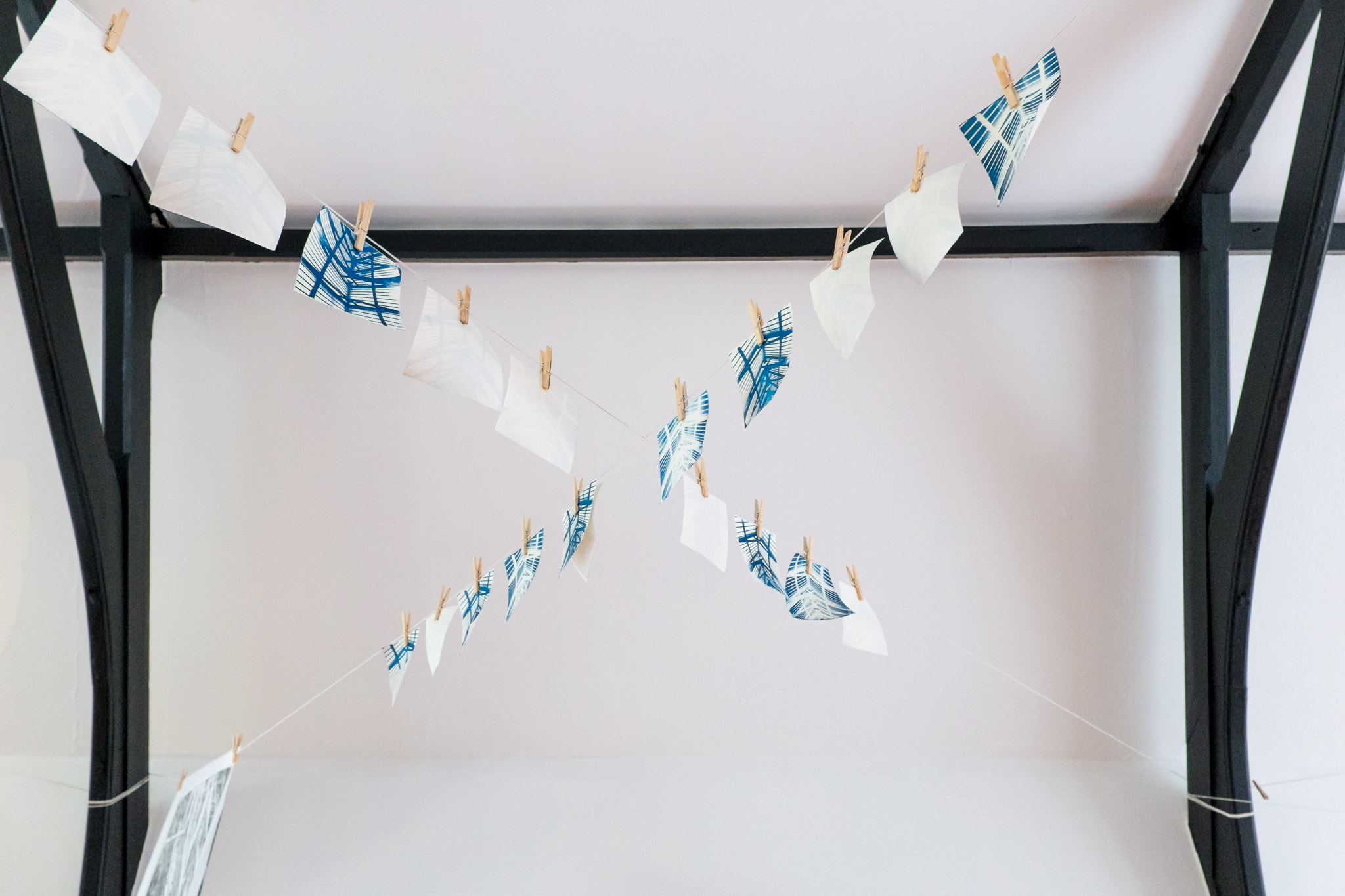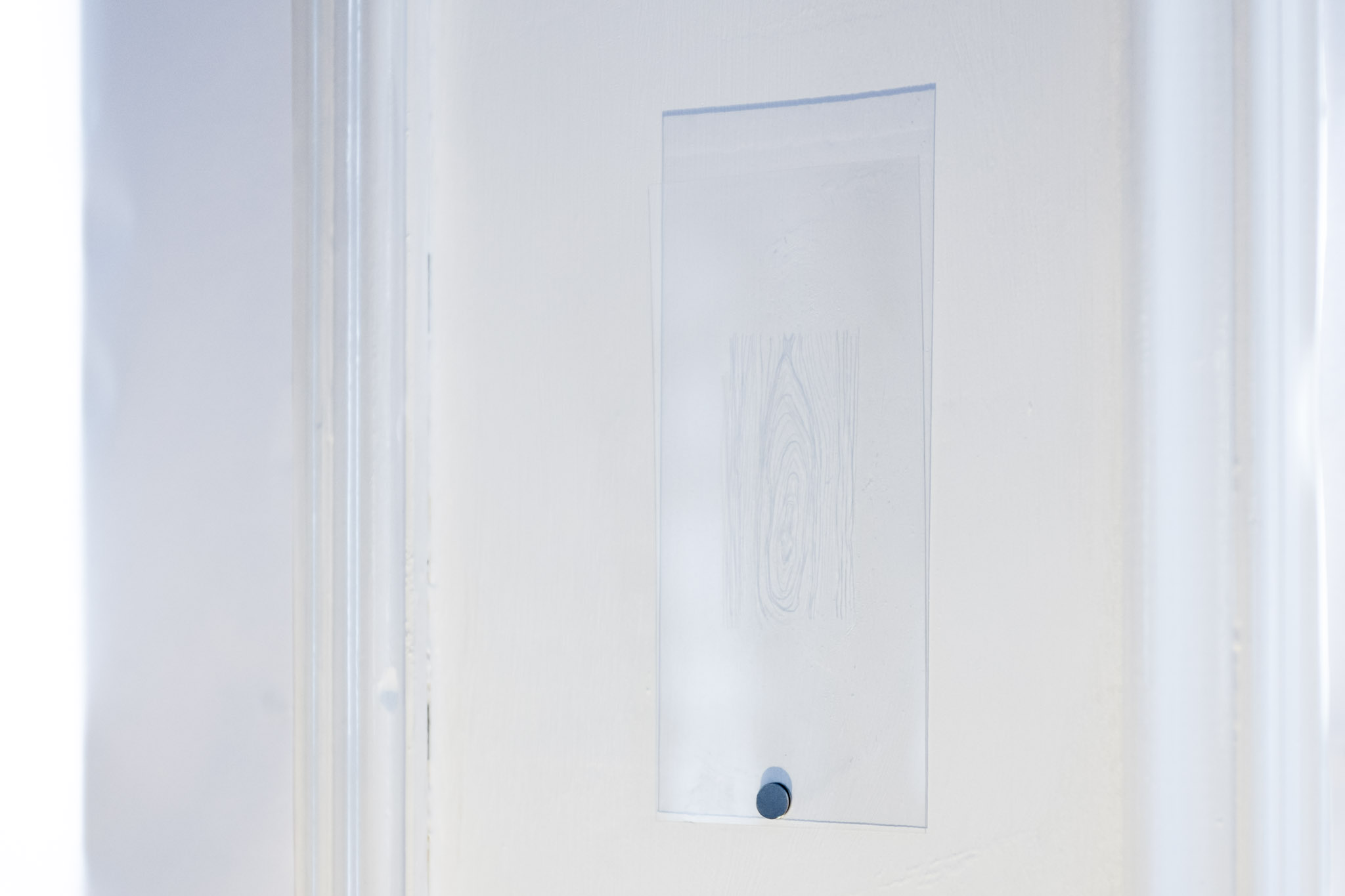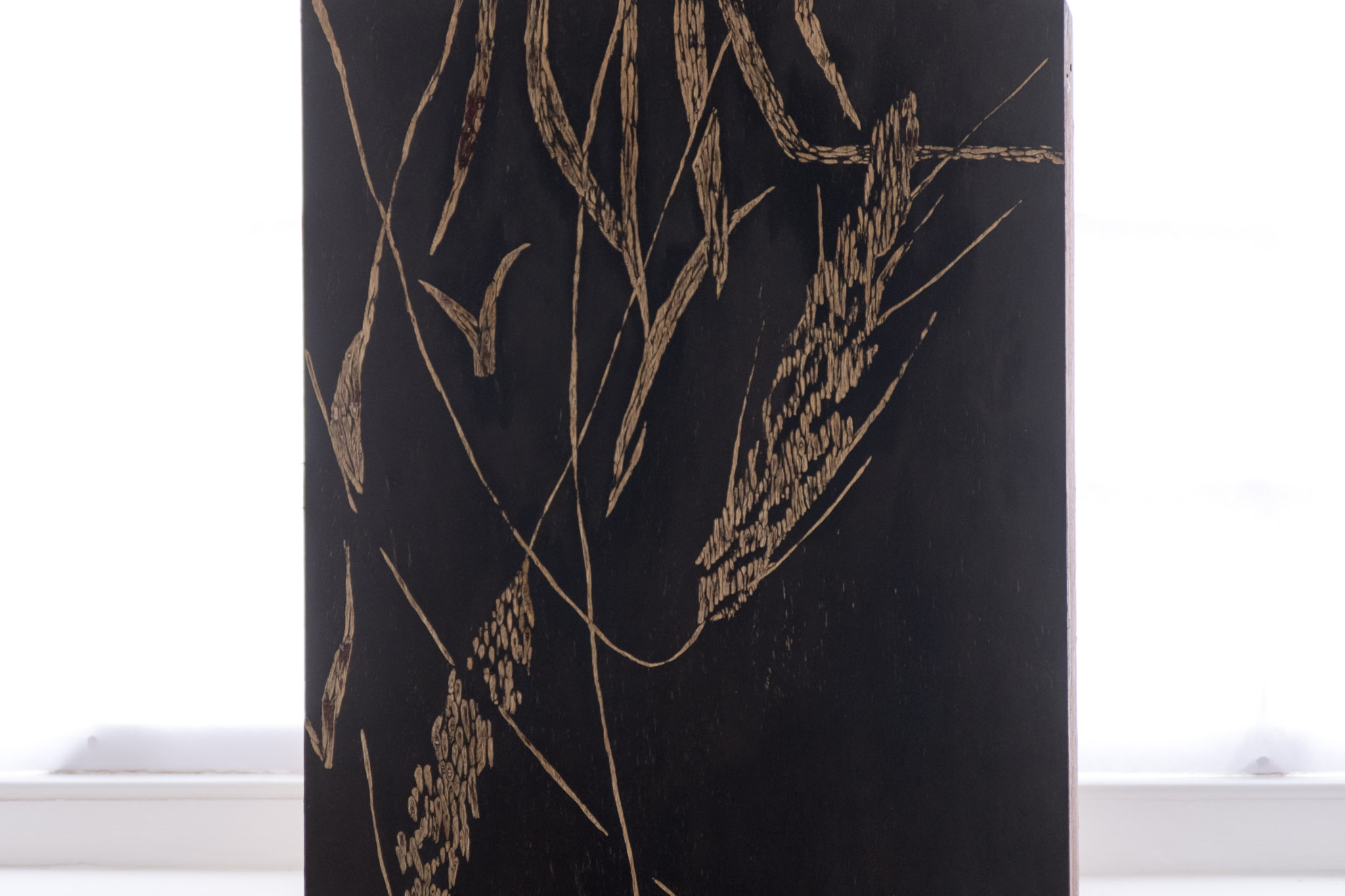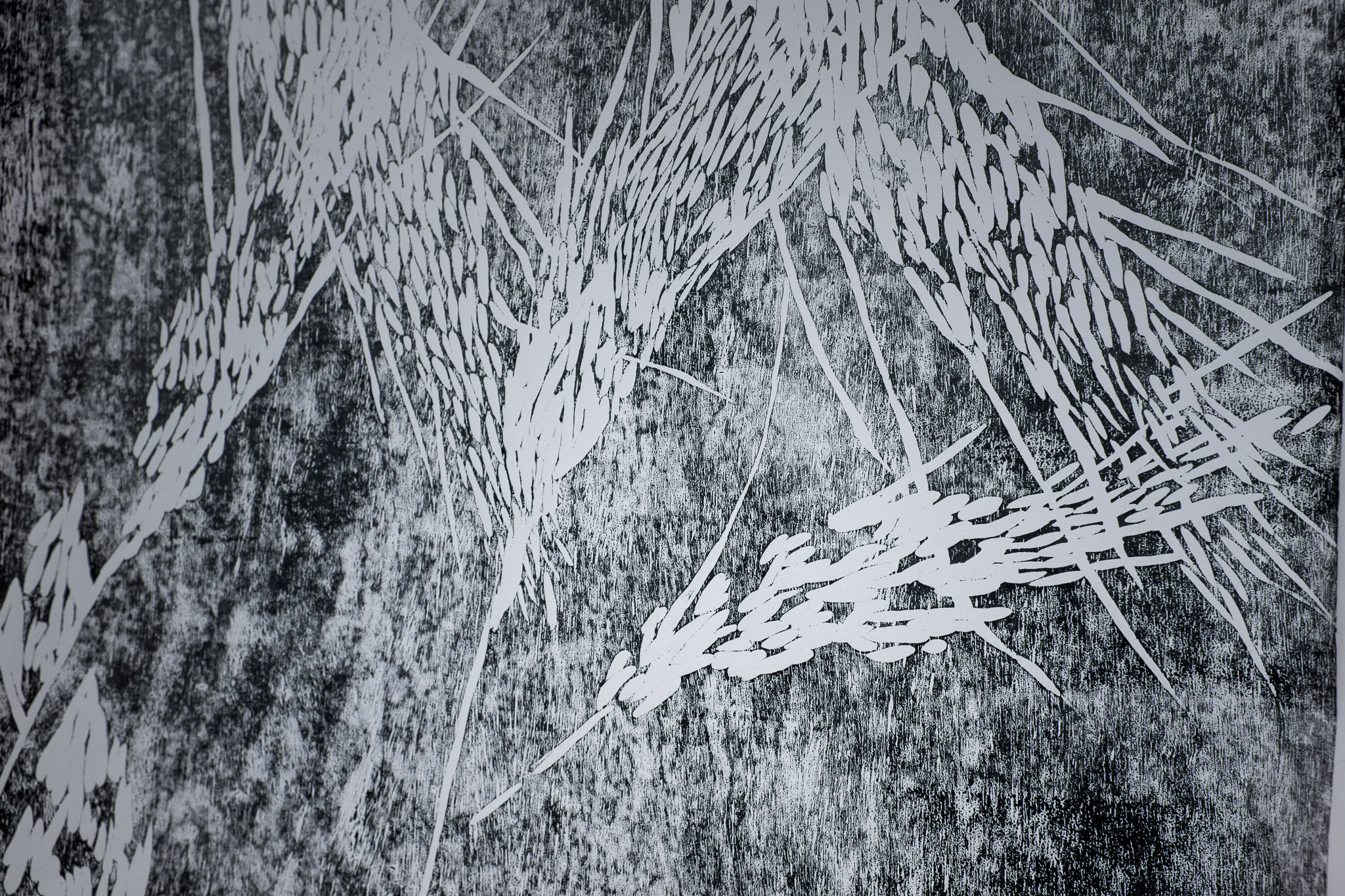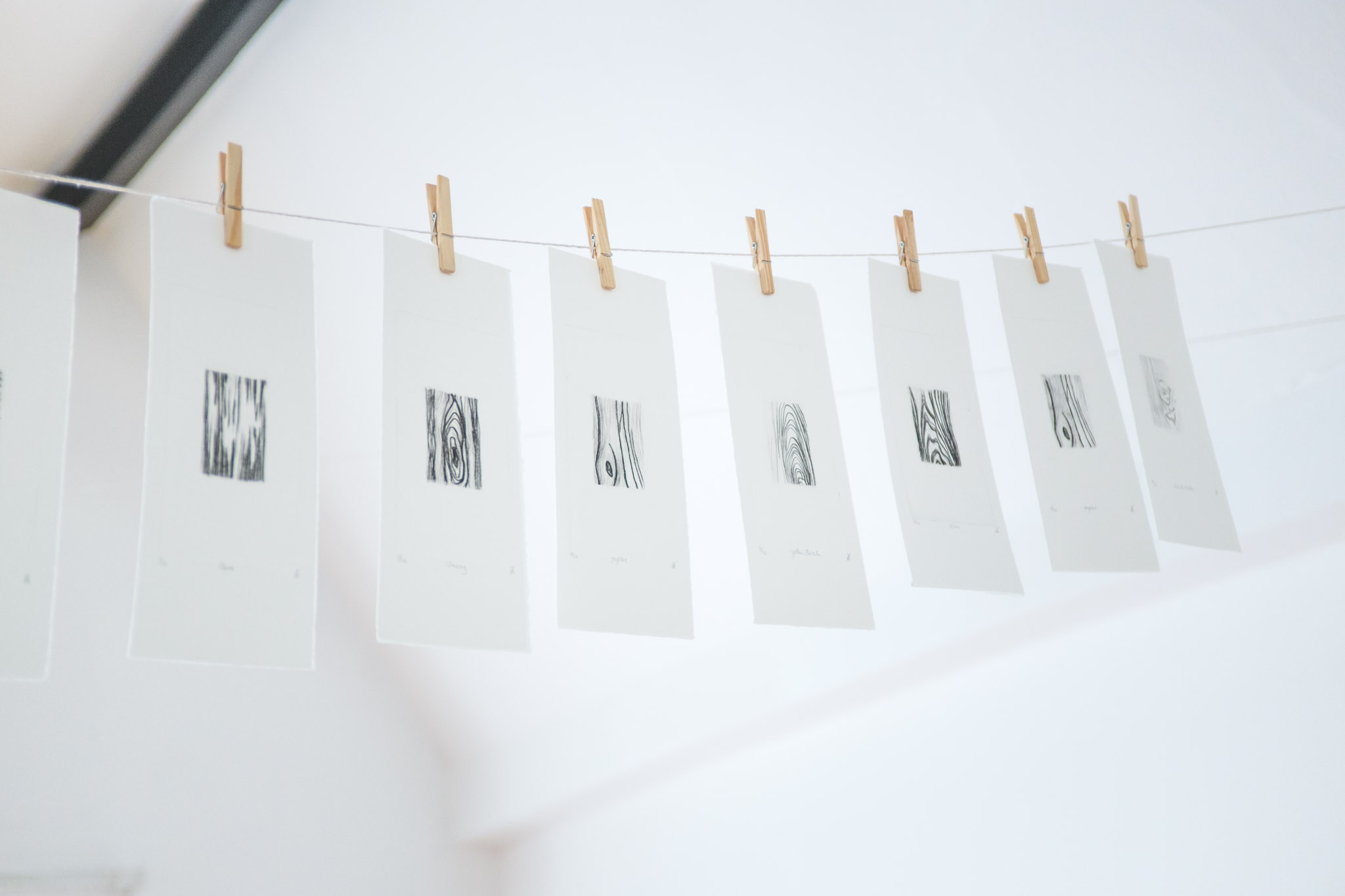Tracy Peters
Tracy Peters
Tide land
Tracy Peters
Tide Land
Tracy Peters is a Canadian prairie-based artist who was the first international artist in residence at The Social Studios and Gallery in Derry. The residency was organised by Paola Bernardelli in partnership with Void Gallery.
Tide Land is the title of Tracy Peters’ end of residency exhibition at The Social, consisting of new work that investigated the ever-shifting environment of a north Atlantic shoreline. As part of her residency Tracy was also invited to exhibit her work and facilitate workshops at the Remote Photo Festival in Donegal, Ireland. Funded by the Manitoba Arts Council and Winnipeg Arts Council, Tracy’s residency fitted seamlessly into both the local arts and wider communities, offering a new perspective on a familiar landscape. Over the duration of the residency, Tracy exhibited her work twice while also delivering artist talks and workshops.
Mak9
Mak9
[ri-ver-be-ro]
Mak9
[ri-ver-be-ro]
Resonance of a region can carry in the cultural expression within individuals; their gestures, language and the landscape that connect, travel and are packaged within us. [ri-ver-be-ro] is a sense of place through the interaction of people, its materials and cartography, connecting the relationships that unfolded between Italy and Northern Ireland through the artist response to an overseas residency and home territories.
In this two-part residency programme taken up by artist collective Mak9, the four participating artists spent two weeks in Pietrafitta, in Central Italy, in October 2016. This rural residency was followed in March 2017 by a site specific exhibition in St. Martin’s, a deconsecrated church in East Belfast, and a series of workshops, walks and talks as part of the Ulster University Arts & Culture programme.
For more info about the artist residency at La Mola, please check our blog page.
Mak9 are Stuart Cairns, Alice Clark, Gail Mahon and Heather Dornan Wilson
Blog
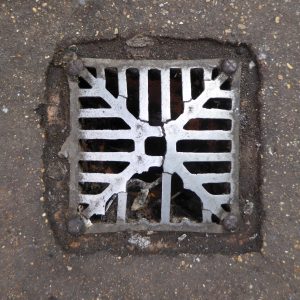
The Space in Between (Part 2)
I returned to my Belfast home, with Pietrafitta occupying the...
Read More
Mak9
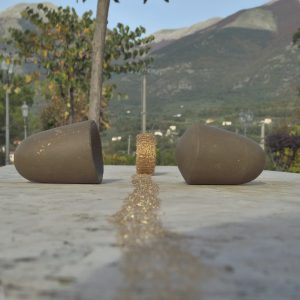
The Space in Between (Part 1)
Roaming along the singular road that defines Pietrafitta, you catch...
Read More
Mak9
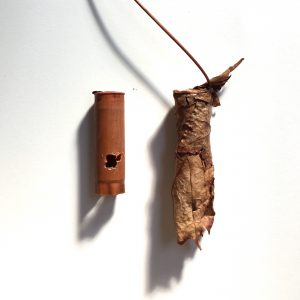
Riverbero- reflections on Pietrafitta.
This week Mak9 will install and show work based on...
Read More
Mak9
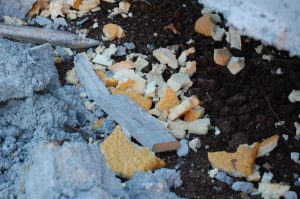
Stuff on Stuff: Residency Reflections
This grumbling notion of strata, stuff on stuff, layer on...
Read More
Mak9
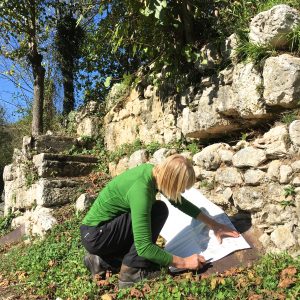
Sense of place – part II
Undertaking a residency an artist travels with expectations of research...
Read More
Mak9
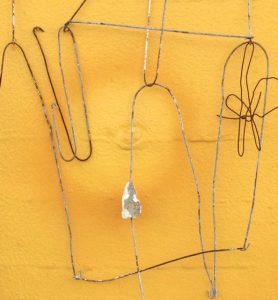
Sense of Place
How do we mark and register the world around us...
Read More
Mak9
Lockdown Residencies
Lockdown Residencies
Sue Morris
Francesco Capponi
Alessandro Ragazzo
Locky Morris
Peter Richards
Adam Sébire
Ciara Finnegan
Abridged
Alessandra Giacinti
Irene Bindi
Irene Bindi
Irene Bindi
Irene Bindi
Irene Bindi’s ‘notte sopra, vipere sotto’ was developed during her artist residency at our La Mola site in Pietrafitta FR. It takes as its starting point Oskar Fishinger’s ‘Walking from Berlin to Munich’ (1927). As an exercise, Bindi walked from Pietrafitta to Sora, 27km away, taking hundreds of photographs in preparation for a conceptual ‘film’ documenting the journey.
In her ‘Annoucing notte sopra, vipere sotto’ installation at the Golden Thread Gallery in Belfast, Bindi presents repeated field recordings and collages from segments of the walk, which are deliberately indistinguishable as start, rest, or end points. This is mirrored by the fact that Bindi chooses not to present the journey in chronological order, instead selecting key photographs as templates, recreating, disordering and repeating images. Bindi alters her walk from a single path/line, into a knot, where deadly and slow moving vipers continue to sleep, coiled in the grasses lining the roadways. Bindi also recorded animal screams in the Valley, people’s footsteps through the village streets and on marble staircases, as a back drop to her expedition, adding further layers of disorientation.
About the artist- Irene Bindi‘s work combines variations of installation, collage, and sound. Informed by formal and structural elements of experimental cinema, her projects often manifest as “film without film”, where material film forms the conceptual starting point for an exploration. In recent work, the deconstruction and reconstruction of the moving and/or photographic image, using non-photographic material, attempts to evoke epistemological questions about the essential image, material/medium adherence, and culturally defined areas.
Aiming to question the prescribed narrative and cultural value of objects and spaces, Bindi’s interest is in breaking down images and their surroundings to simple physical relations and generating confusion. She is interested in the way that inversions, material alterations, and re-contextualisations can affect the way that we navigate artworks.
As a visual and sound artist, Irene Bindi has exhibited and performed in venues across Canada and the United States. She holds an MA in Film Studies from York University, and is production editor for the progressive Winnipeg-based book publisher ARP Books.
For more information about irene Bindi’s work during the residency, please check...
Blog

the walk
Yesterday Paola and I made the 27k journey on foot...
Read More
Irene Bindi
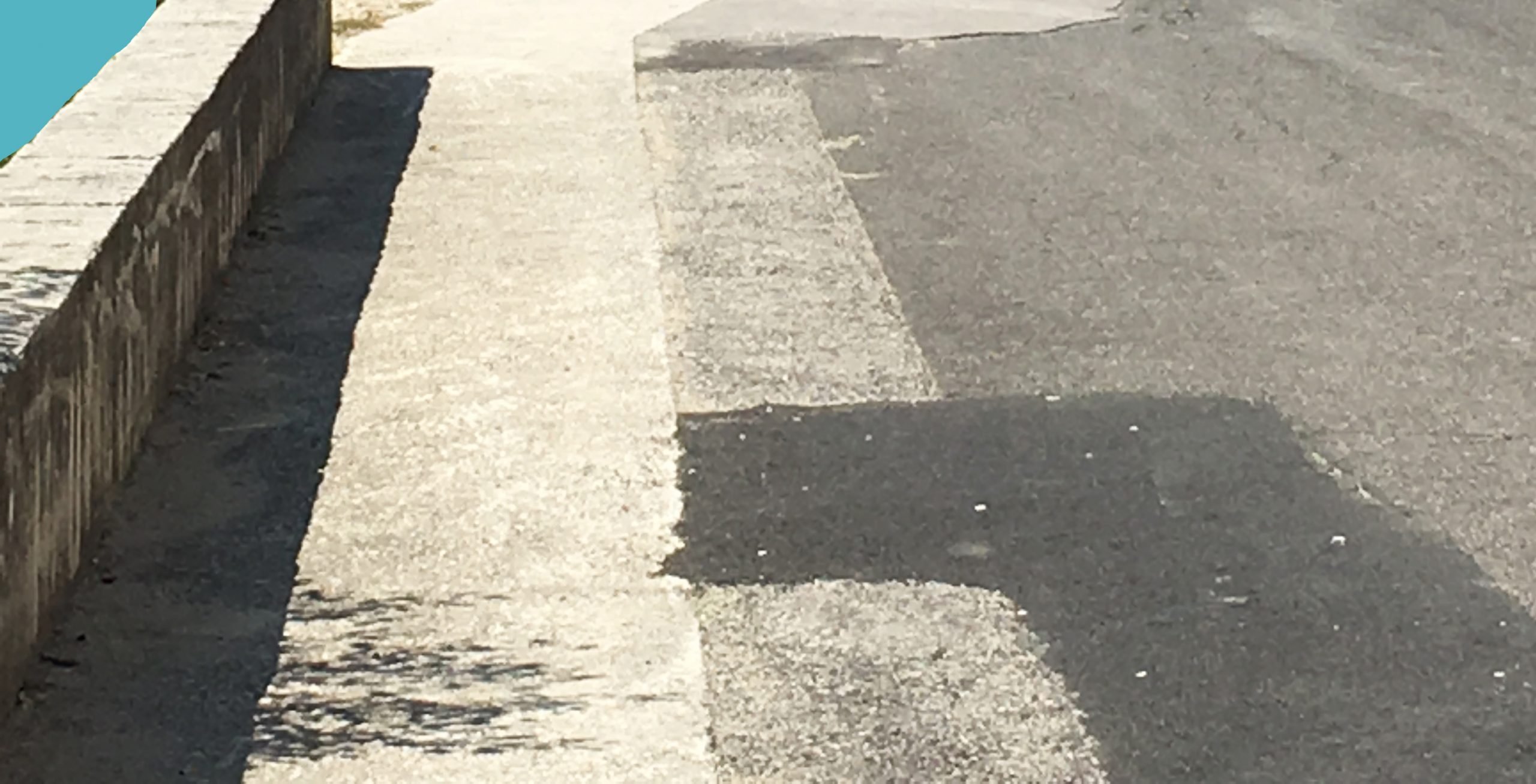
da Le Caselle (Pietrafitta) a Sora
I wanted to create a project using the structure of...
Read More
Irene Bindi
About Us
about us
Art Arcadia is an artist run organisation providing local and international artist residencies with associated exhibitions and public programmes. Its aim is to enable and assist the mobility of artists of all disciplines and at any stage of their career, as an integral part of their professional development. Art Arcadia has been active informally since 2013, when Paola Bernardelli set in motion a series of exchanges and residencies with the support of Kieran Ferris and in collaboration with local and international artists and arts organisations. Having slowly and organically developed additional projects and a broader network of collaborators, in January 2016 Art Arcadia was constituted as an organisation and registered as a social enterprise .
our team
Programme Manager
Paola Bernardelli
Paola Bernardelli is an Italian artist and cultural operator who has made Derry her home since 2002. A professional photographer and lens-based artist with over twenty-year experience in contemporary art gallery settings, Paola co-founded of Art Arcadia in 2016 and designed, developed and expanded the organisation drawing on her firsthand experience of taking part in international artist residencies and exhibitions. She has since established a dynamic and on-going programme of bespoke international artist residencies with associated exhibitions and public programmes that is firmly rooted in the local geographical and socio-cultural context.
Programme assistant
Eibhlín Morrison
Eibhlín Morrison is an artist from Derry. She graduated from Camberwell College of Art in 2021 where she studied Painting. In 2022 she moved home to Derry to continue her painting practice closer to the environment that has often been the subject of her paintings. Eibhlín then began working as part of the Art Arcadia team as a freelancer.
board of directors
Cecelia Graham
Cecelia Graham is a curator who has several years experience working across artist-led spaces in the north of Ireland. Cecelia previously held the position of Chair of Catalyst Arts’ board, this role involved chairing regular meetings, liaising with ACNI, and implementing welfare improvements within the organisation. Cecelia currently works as Digital Programmes and Marketing coordinator at CCA Derry~Londonderry and has previously held a PR and Marketing position at Void Gallery. Cecelia also has experience of fundraising support having previously gained grants including Belfast City Council funding, Annual Funding programme (an uplift in Catalyst Arts’ funding for the year 22/23), Elephant Trust, Hope Scott foundation, Jerwood Arts. As Curator in Residence at PS2 in Belfast, she has curated several exhibitions and projects, which involved organising and being present at openings. Cecelia also has experience with arts admin across several organisations including Camberwell College of Arts, Catalyst Arts, Golden Thread Gallery, Void Gallery and PS2.
treasurer
Gráinne Ketelaar
Gráinne Ketelaar has previously served as Board of Management member, and Treasurer, of Donegal Traveller Project for four years from 2019 to 2023, where she gained experience in the governance and oversight of publicly funded bodies. In her full time role as a Lecturer, primarily on the Health & Social Care degree programme in the Atlantic Technological University, Donegal, she has a role and responsibility in supporting the interpersonal and intellectual growth of professionals who will work in the Health & Social Care field. Gráinne has an interest in the arts, particularly in light of the important role that creativity, self-discovery and discovery processes can play in the therapeutic treatment and care of individuals from all walks of life, who might be struggling with or navigating personal challenges. As a multi-disciplinary researcher, she has a broad set of experiences and insights into the social and commercial determinants of health, addiction, community development, youth work; and a growing interest in sustainability and regenerative growth. Gráinne is a reviewer for a publication called Triple C: Communication, Capitalism & Critique, an active associate member of Social Care Ireland, a member of the Irish Association of Social Care Educators.
board of directors
Colomba Damiani
Colomba is a project and relations manager based in Central Italy working in international development cooperation. She is involved with high social impact programs, dealing with culture and new communities outreach, migration, global citizenship education, gender parity and equity. She has a diverse and multi-sectorial experience ranging from CRM to marketing and communication to AV production. Colomba has lived and worked in Ireland, Southern India, the Gulf Peninsula and West Africa. She has attended a number of international seminars and workshops on audio-visual production, distribution and emerging technologies both in Europe and USA. She has co-produced the multi award winning BBC feature length documentary Paradiso, directed by Alessandro Negrini with executive producer Margo Harkin. More recently she has managed and coordinated the first edition of UmbriaMiCo, an itinerant cultural festival in 8 cities and 3 regions in Italy, funded by the Italian Agency for Development Cooperation (AICS), under the Education for Global Citizenship award.
board of directors
Philip O'Neill
Philip O'Neill is a retired vice principal of a special school and has been involved with various arts organisations and projects over a number of years. Since moving to Derry four years ago he has been a regular supporter of the arts, participating for two years in Friday afternoon sessions of Bbeyond street performance group. He has been recently been involved in the organisation of the Culmore Literary Festival. He is a regular theatre goer and and enjoys the arts in all its formats. He particularly like to support smaller organisations such as Art Arcadia, believing that they offer non mainstream works which very much add to the richness and diversity of the cultural life of Derry.
Volunteer with Art Arcadia
Join our team and work in a creative and friendly environment with local and international artists, helping with exhibitions installation, invigilation and outreach events.
Please send your CV and cover letter via email to info@artarcadia
Join the board at Art Arcadia
Art Arcadia would welcome expressions of interest to join its Board of Directors, from individuals who are keen to develop their own professional experience, contributing to the continued development of Art Arcadia.
Please send your CV and cover letter via email to info@artarcadia
Art Arcadia are particularly interested in members who have experience in:
– Leadership experience within arts organisations.
– Fundraising within arts organisations.
– Arts and business experience.
– Financial, HMRC and administrative experience.
– Marketing and public relations.
– Experienced in social media.
– Recruitment of volunteers.
– Safeguarding policy and procedures with the arts.
– Interest and appreciation of the arts
We would like to hear from individuals who would be keen to join Art Arcadia’s board. Please download and complete our ‘expression of interest’ application and send it via email to paola@artarcadia.org and we will be in touch shortly.
Art Arcadia is a not-for-profit organisation and the role of director on the board is a voluntary one.
Expression of Interest (PDF)
Expression of Interest (Word)
Sara Riel
Sara Riel
Solo At Marshall House
Sara Riel
Solo At Marshall House
Sara Riel (Reykjavík, Iceland) is a master drawer and all her work have their origin in the drawing that she then fully realizes as works of art in different medias. Her artwork have a distinct character and her career is rather unusual. She studied in Berlin and got her masters degree from Kunsthochschule Berlin Weissensee in 2005, then took an extra year as Meisterschuler. In these years she was very active in the graffity/street art scene of Berlin as well as a part of a international network of urban artist. Her urban-art can be seen in various places such as Tokyo, Berlin, Barcelona and of course Reykjavík. Her distinguished big scale murals are familiar to everyone used to walk around Reykjavik and have become an integral part of the urban landscape. Sara Riel has along with creating urban art developed her visual language and shown her works in all of Icelands major museums as well as taken part in various projects, residencies and exhibitions abroad.
Additionally to her fine art, she has designed album and book covers, music videos, opening sequences for television series and made illustrations for various clients. Sara Riel has works in major art collections owned by The National museum, The Reykjavík Art Museum and in private collections. She has been granted Official Artist salary/The State Of Iceland, numerous times and has been awarded grants and art prices.
This residency will conclude with a solo exhibition at the Kling and Bang Gallery, Marshallhouse in Reykjavík City. Curator is Daniel Björnsson and producer is Ragnheiður Pálsdóttir.
The exhibition will contain new drawings, paintings, graphics, sculpture and performance. Plus a book about the process and the ideas behind automatic creations, and also a new mural in Reykjavík.
The artwork will be, like all of Sara’s work, a result of drawings made by hand and in the spirit of automatic drawing. From there she works in different media through computer, 3d printing, graphics, paintings and sculpture. The foundation of the exhibition are roughly 100 drawings she has already produced and that represent a new and exciting visual language that she can call her own. During her residency at La Mola, Sara Riel will make drawings and paintings that she will edit digitally for further productions of artworks in multiple medias.
UmbriaMico
UmbriaMiCo
Festival Del Mondo In Comune
I Percorsi Del Desidero
UmbriaMiCo
I Percorsi Del Desidero
UmbriaMiCo – Festival del Mondo in Comune is a Tamat NGO project co-funded by Agenzia Italiana per la Cooperazione allo Sviluppo. The 2018 edition took place in seven cities in the Regione Umbria from 1st to 9th June.
Art Arcadia’s Programme Manager Paola Bernardelli was invited to curate a call for artists that resulted in the selection of 18 artists from three continents, all based in Umbria. The selected artists responded to the theme of the call ‘Desire Paths’ and the exhibitions took place in three locations: Complesso Monumentale di San Pietro in Perugia, Museo Dinamico del Laterizio e delle Terrecotte in Marsciano, and the Auditorium Santa Caterina in Foligno.
Participating artists: Laura Alunni | Lucia Arcelli | Fabrizio Bellini | Maria Eugenia Caceres | Diana Ciubotariu | Saikou Colley | Elizabeth Cura | Simone Di Stefano | Emmanuel Di Tommaso | Osamudiamen Anthony Edobor | Kennedy Eghomie | Chuks Etumudon | Modulamin Jammeh | Michael Patrick | Valeria Pierini | Elisa Pietrelli | Violeta Raclau | Nicola Renzi
Pascale Steven
Pascale Steven
No Direction Home
Pascale Steven
No Direction Home
“…the great flood-gates of the wonder-world swung open, and in the wild conceits that swayed me to my purpose, two and two there floated into my inmost soul, endless processions of the whale, and, mid most of them all, one grand hooded phantom, like a snow hill in the air.”
Moby Dick, Herman Melville
This exhibition is the culmination of a two months residency at St Augustine’s Old Schoolhouse, part of Art Arcadia Summer Residency Programme 2018.
In Pascale Steven’s work reference points are various and overlapping. Initially a response to a reading of Moby Dick and some of the symbolism suggested by the text.
It subsequently became a response to place, the architectural space and it’s religious role. Some references within the work are autobiographical, some are purely invented fictions. It became a study in communication in its varying forms, and an examination of what might be meant as soul, this being one of the primary lines of enquiry within religion. It remains at this point a work in progress focused on notions of home, orientation and belonging.
Pascale Steven was born in London and studied fine art at The University of East London. Exhibitions include Tracer at The Project Arts Centre Dublin, Erasure at The Old Museum Belfast and Tomorrow’s Almost Over at Void Derry along with Invisible Portraits, a Derry City of Culture Project at Void.
Blog
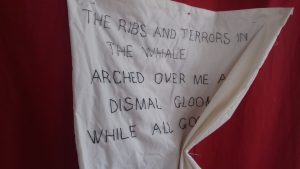
St Augustine’s, Pascale Steven
I’m half way through the residency and after a few...
Read More
Pascale Steven
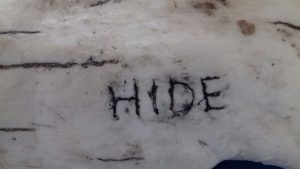
Residency at St Augustine’s, Derry
I started my two months residency at St Augustine’s with...
Read More
Pascale Steven
Sue Morris
Sue Morris
The Past Runs Very Close
Sue Morris
The Past Runs Very Close
‘Perhaps it might be said rightly that there are three times: a time present of things past; a time present of things present; and a time present of things future. For these three do exist somewhere in the soul, for otherwise I could not see them’
Book XI, Time and Eternity; St Augustine 5th century AD
***
‘To understand ourselves means to reflect on time. But to understand time we need to reflect on ourselves’.
Carlo Rovelli, The Order of Time
We take it as given that time flows in rhythmic, uniform, universal, formation. Minutes become hours, hours become days, days become weeks. We look to our watches, phones, laptops and public clocks as devices for ordering our days.
The first recorded examples of mechanical clocks are found in the 14th century. In the following, century, measured time was commonly found in structured communities, most often in the form of a village bell. By the 18th century, time as we recognize it had become a fundamental system across Europe. In towns and cities, especially, clocks were now integral in the development of timed industrial activity and integrated transport systems.
Paradoxically, as mechanized time evolved, physicists, mathematicians, philosophers and theologians were questioning its validity. Today, contemporary theoretical physics states that ‘time’ as we understand it – consistent, ordered, objective – does not exist.
So what is this leaky vessel we call time? How do we reconcile its apparent non-existence with the sense of past, present and future that we carry and experience through our everyday lives?
Drawing on the writings of, among others, Carlo Rovelli, theoretical physicist, and St Augustine, theologian/philosopher, visual artist, Sue Morris, contemplates the subjective nature of time and how memory may hold the key.
Sue Morris was born in England and is a graduate of the Royal College of Art, London. Since the early nineties she has lived in Ireland, most recently in Derry, Northern Ireland. Her multidisciplinary practice utilizes drawing, text, printmaking, film, photography, sound and installation. Her work explores notions of the known and unknown particularly around re-imagined and alternative histories.
Selected exhibitions include those at; the Lockhart Gallery, State University New York, USA (2012); the Kunstverein Galerie, Baden bei Wien (2012) and museumORTH, Orth an der Danau, Austria (2013), as part of the International Cultural Programme for Ireland’s Presidency of the EU; Tartu Loomemajanduskeskus, Estonia (2014); Artisterium 7, Tbilisi, Georgia (2014); the State Institute of Culture, Moscow, Russia (2016) the Cultural Centre of Moschato, Athens, Greece (2017) and the 16:9 Gallery, Lawrence University, Michigan, USA (2018).
She has had recent residencies at AIR Krems, Austria (2012); Trükimuuseum, Tartu, Estonia (2013); the Heinrich Böll Residency, Achill Island (2015), and the Art Arcadia residency in St Augustine’s, Derry (2018).
Blog
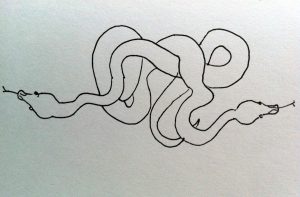
Snakes and Ladders
Artists’ residencies are wonderful things. They give you the opportunity...
Read More
Sue Morris

Here and There
It’s been over a month since I returned from my...
Read More
Sue Morris
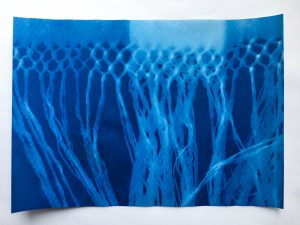
The uncertainty principle
As my stay in Pietrafitta nears an end, my attention...
Read More
Sue Morris

Groundwork
I’m following the progress of the workmen across from the...
Read More
Sue Morris
Stephanie Gaumond
Stephanie Gaumond
Repeat
Stephanie Gaumond
Repeat
‘We are presented with an unpleasant choice between either committing to peculiar concepts about immaterial deities or letting go entirely of a host of consoling, subtle or just charming rituals for which we struggle to find equivalents in secular society.’
Alain de Botton, Religion for Atheists
A week-long residency at the Old Schoolhouse at St. Augustine’s prompted an investigation of the space both aesthetically and conceptually. Out of this came a series of works in response to two major reference points: architecture and repetition.
These two concepts, both utilised by religion, relate naturally to the secular process of printmaking. The artist uses her experience of the printmaking studio as a structure to create an environment in which architecture and repetition illuminate how humans create institutions; and why they seem to be so integral to us as human beings.
Stephanie Gaumond is a printmaker raised in Denver, Colorado. She received her Bachelor’s Degree from the University of Denver and her Masters in Fine Art Practice from the Glasgow School of Art. Her work explores patterns and coded communication. She lives and works in Derry/Londonderry N. Ireland.
Selected exhibitions include those at: Glebe Gallery, Churchill, Donegal, Ireland (2018); SGC International Printmaking Conference, Las Vegas, NV (2018); The Social Studios and Gallery Derry/Londonderry (2015) Victoria H. Myhren Gallery, Denver, Colorado (2013); The Glue Factory, Glasgow, Scotland (2013); Mediakesukus Lume, Helsinki, Finland (2012)
Blog
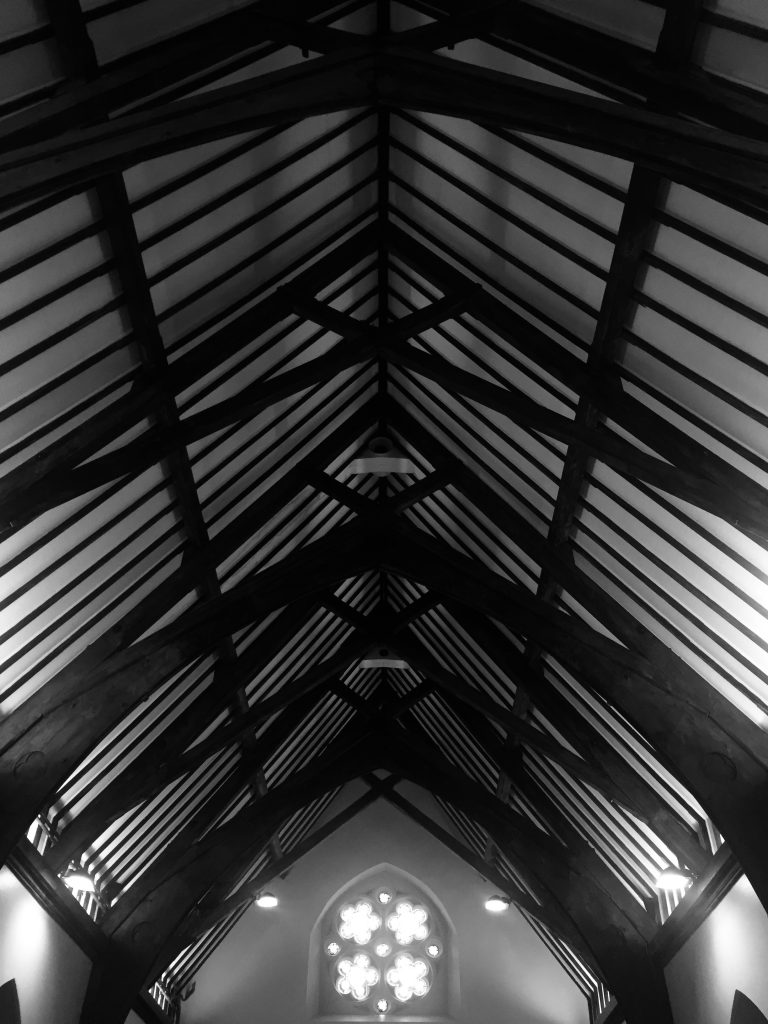
New directions
My residency and the culminating exhibition have inspired and afforded...
Read More
Stephanie Gaumond
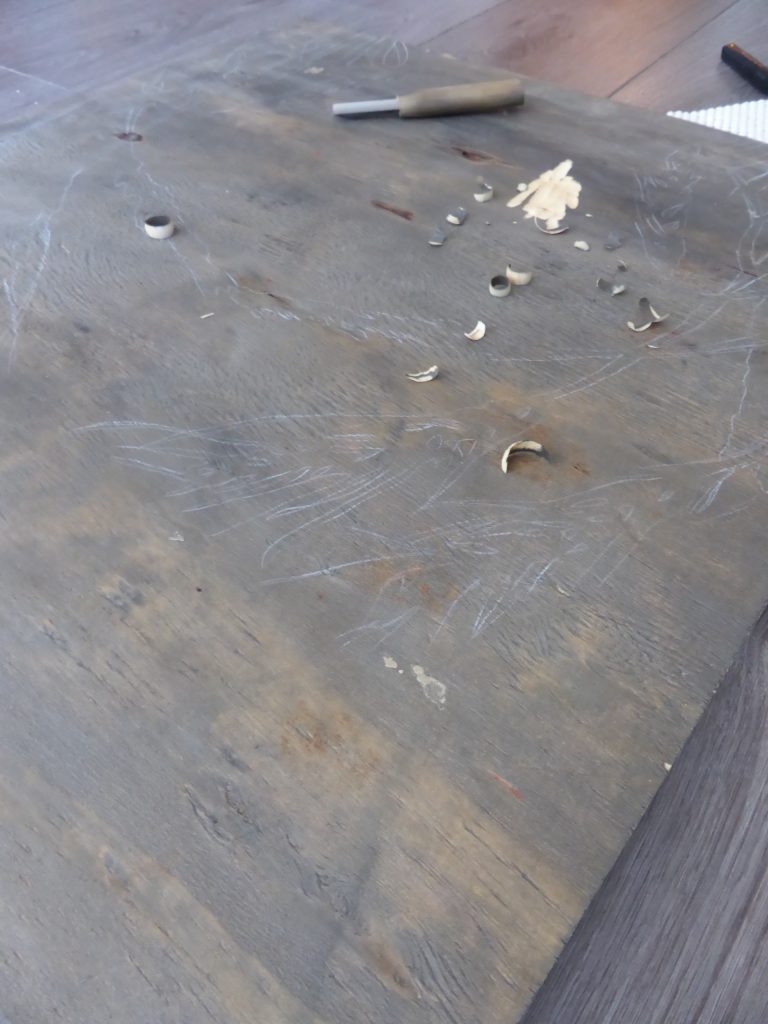
Process/Failure
Inspired by the floors and exposed wooden beams of the...
Read More
Stephanie Gaumond
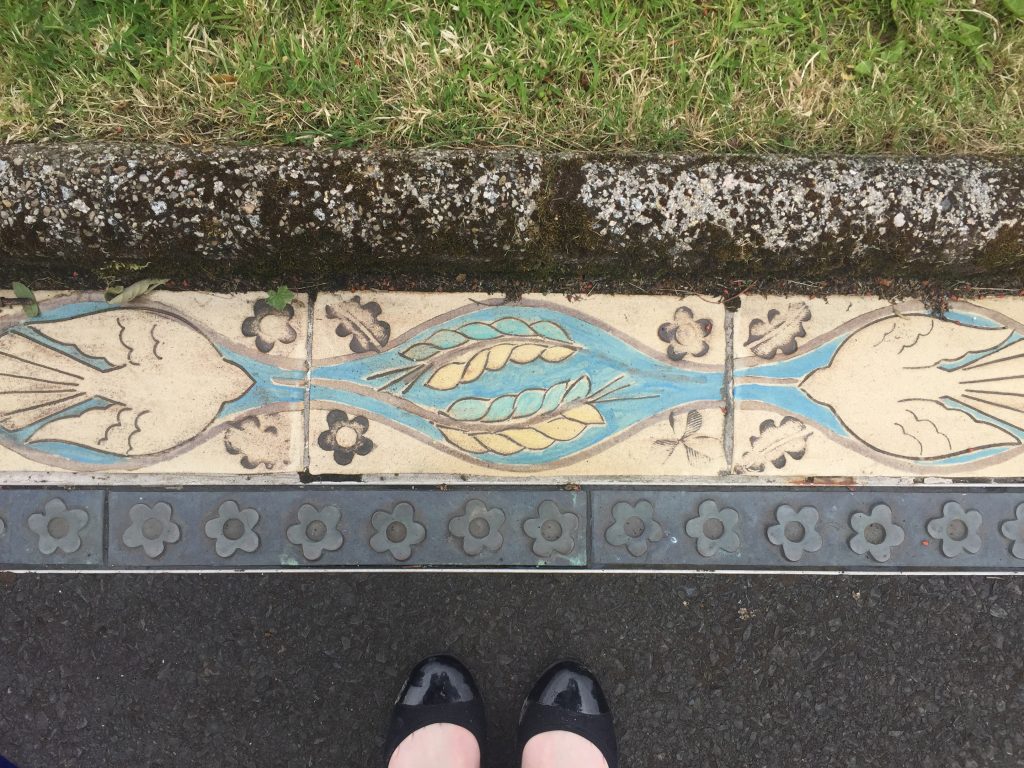
Printmaking and St. Augustine’s
I call myself a printmaker more often than I call myself...
Read More
Stephanie Gaumond
